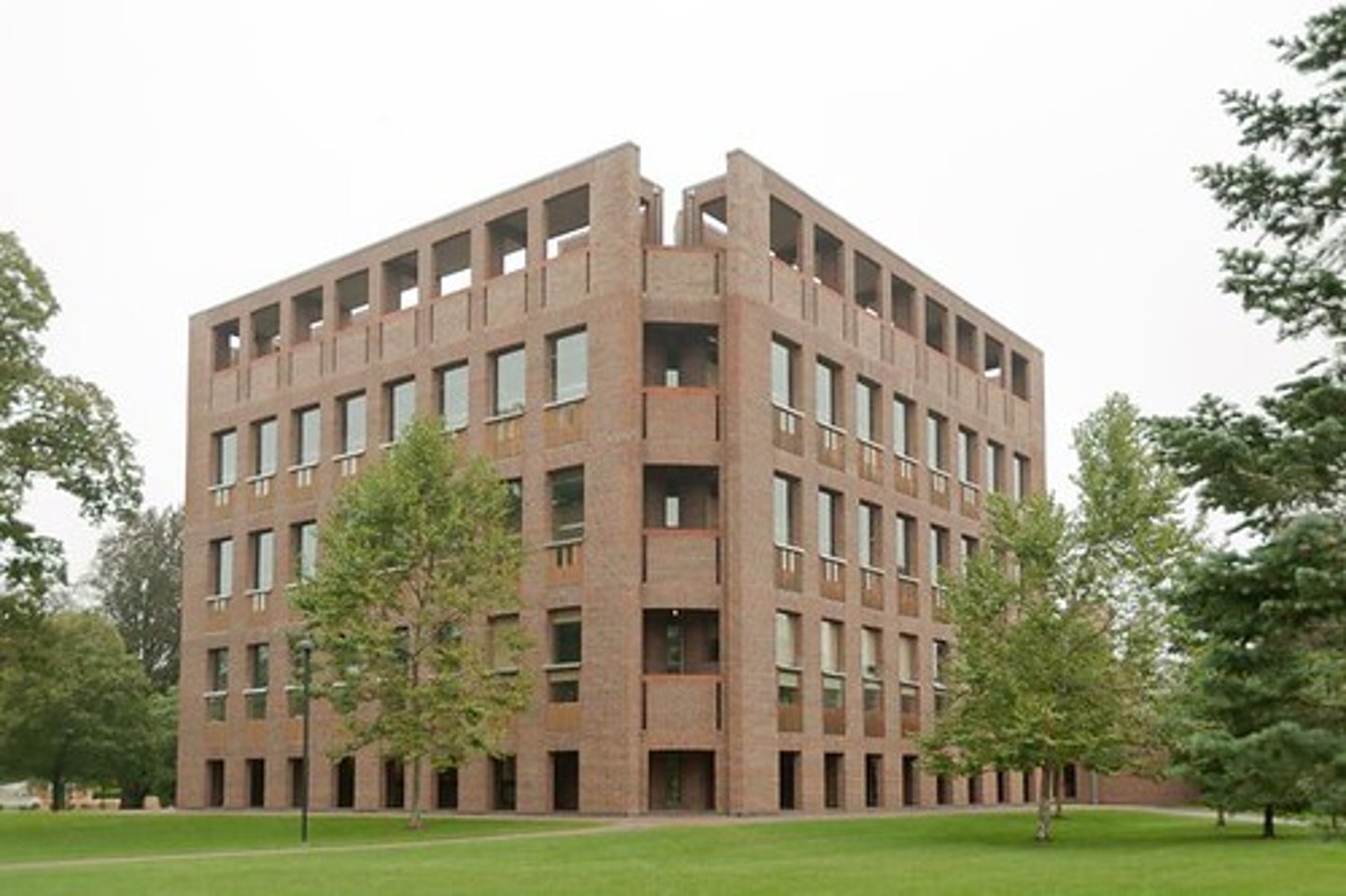Architecture Appreciation Test 3: Briar Jones MSU
1/80
There's no tags or description
Looks like no tags are added yet.
Name | Mastery | Learn | Test | Matching | Spaced |
|---|
No study sessions yet.
81 Terms
Botticelli
Medici's were his patrons
Church of Sant' Andrea
Leon Battista Alberti
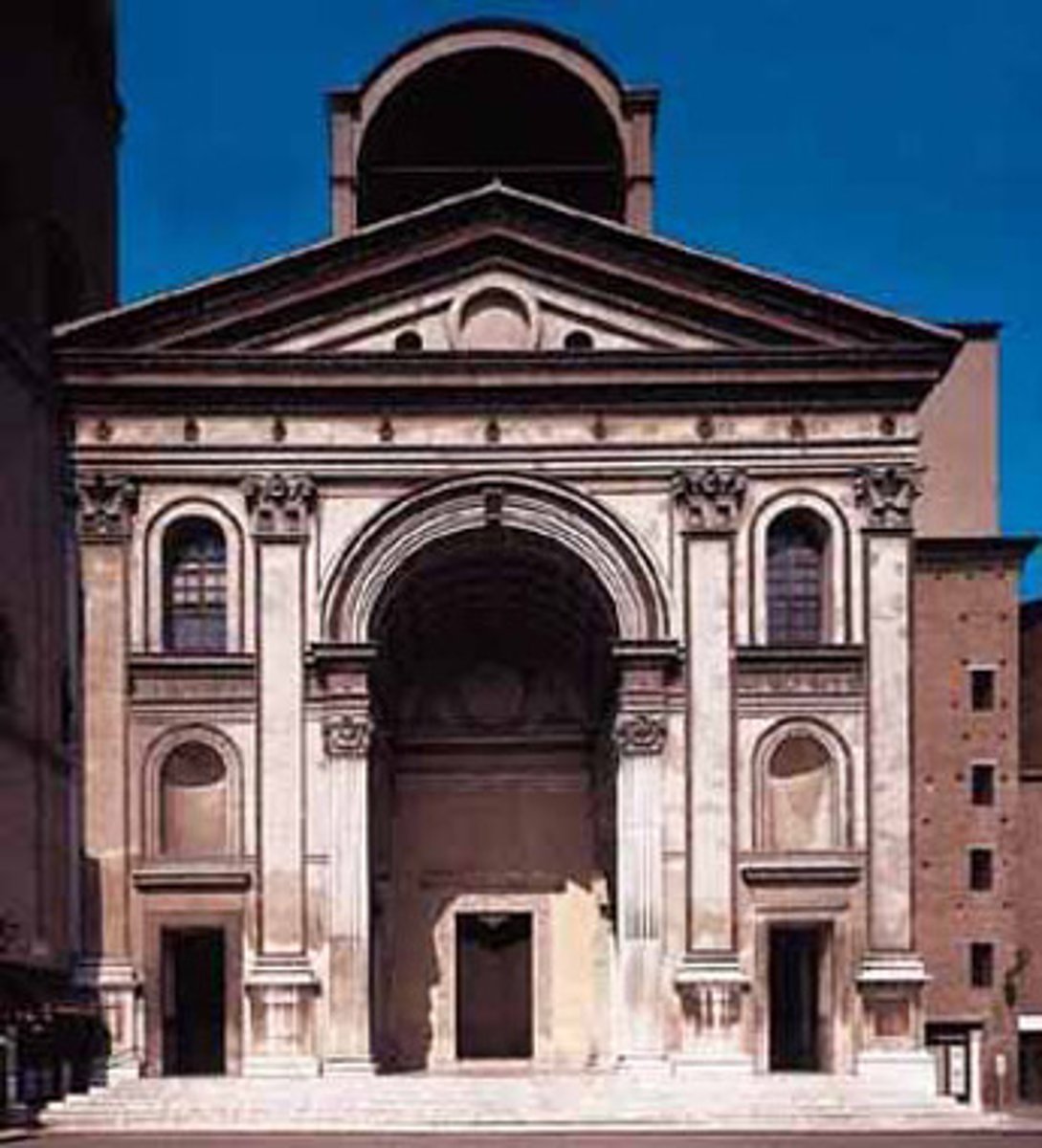
Leon Battista Alberti
theorist, historian, scientist and architect; another 10 books on architecture modeled on Vitruvius' Books; promote architecture as intellectual activity
Ideal city of Sforzinda
man is the center
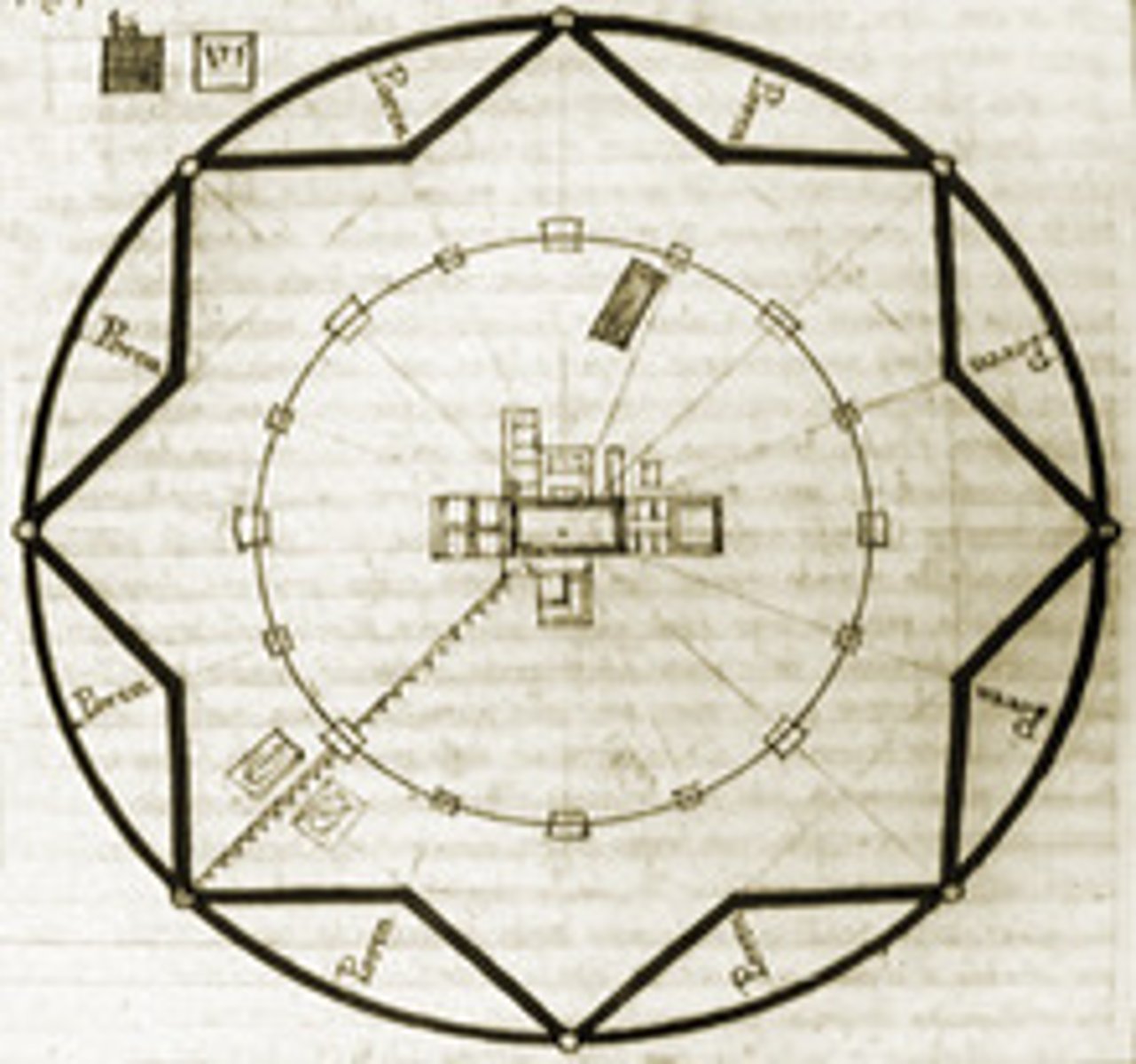
The Four Books of Architecture
Palladio wrote treatise on architecture; constructed villa between Venice and Vincenza 1550
Villa Rotunda
c. 1500; Vincenza, Italy; Palladio
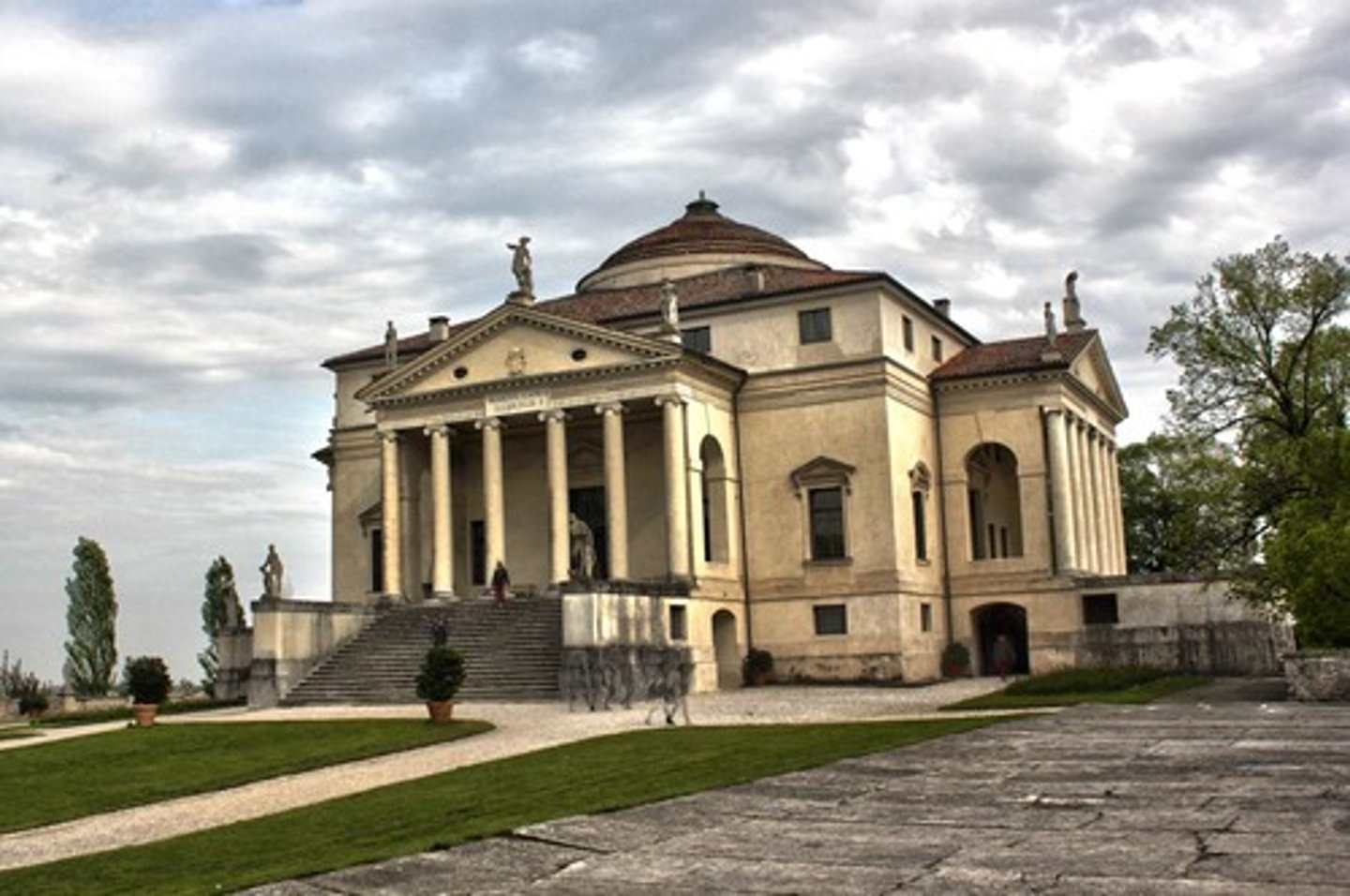
Palazzo
city house
San Giorgio Maggiore
scaled to present a public face to the town of Venice
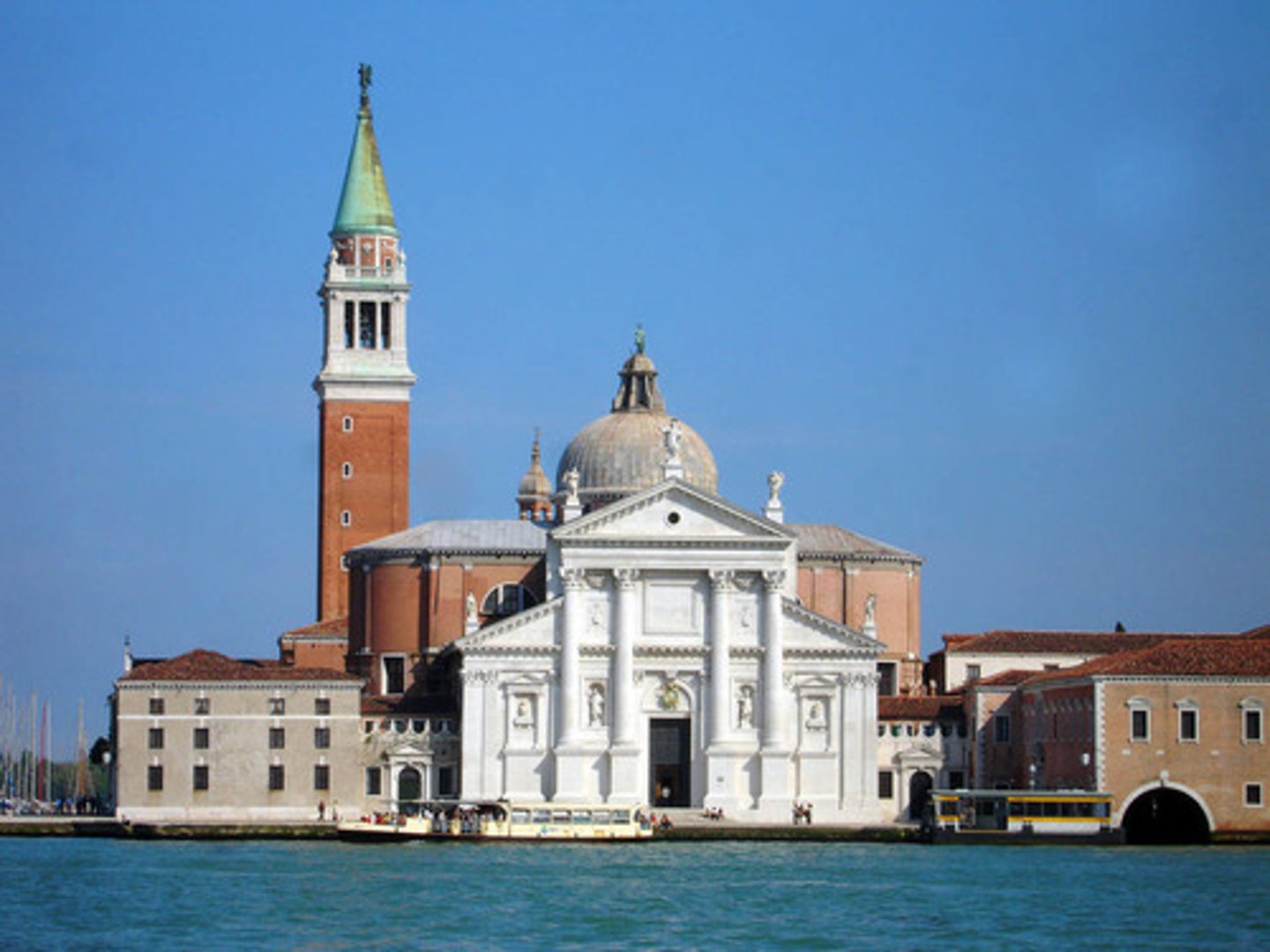
Piazza
public square
High Renaissance
a style of Italian renaissance art and architecture developed in the late 15th- and early 16th centuries characterized by an emphasis on draftsmanship, the illusion of sculptural volume in painting, and in building , by the imitative use of whole orders and compositional arrangements in the classical style, with great attention to the formulation of compositional rules after the precepts of Vitruvius and the precedents of existing ruins.
The "Tempietto" of San Pietro
Donato Bramante; Tempietto, Rome; Begun 1502; circle and square represent the perfection of the divinity; believe religious figure "Saint Peter" was killed here; meant to be an object, a picture, a marker
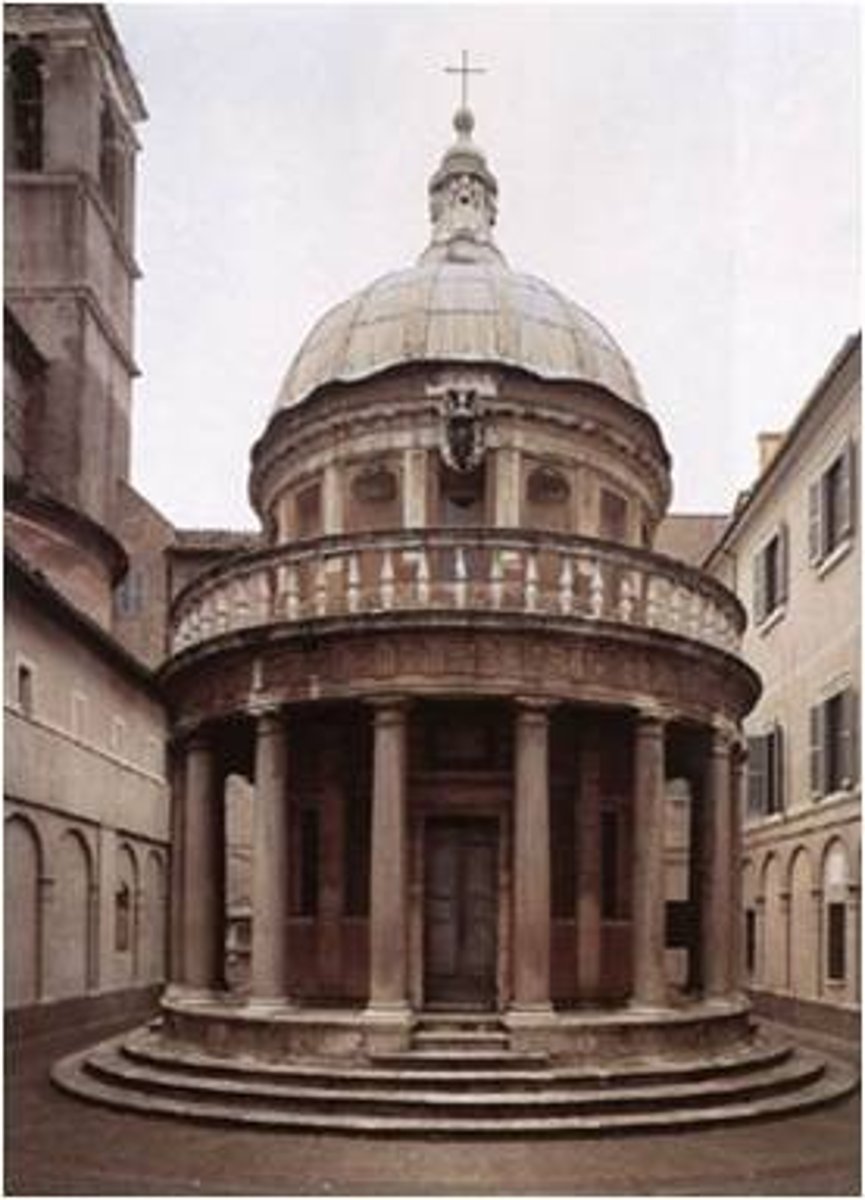
Donato Bramante (1444-1514)
a close associate of Leonardo DaVinci; Early work in Milan; Moved to Rome after French sack of Milan in 1499
Pope Jullius II
humanist ideals introduced into the Papal court; Rome Queen city--consolidate temporal power; return to golry from Roman antiquity
Saint Peter's 1505-1612
Michelangelo changed it; a magnificent new church over the crypt of St. Peter; Dome becomes an icon of "dome" often repeated; the dome of all domes; tomb for Pope Julius II would not fit in old basilica (almost 1110 years old in 1505); Bramante's scheme was on a scale grander than any Roman structure; building the size of the Baths of Diocletian; dome comparable to the Pantheon

Palazzo Caprini
Bramante; Rome, ca. 1512 (demolished)
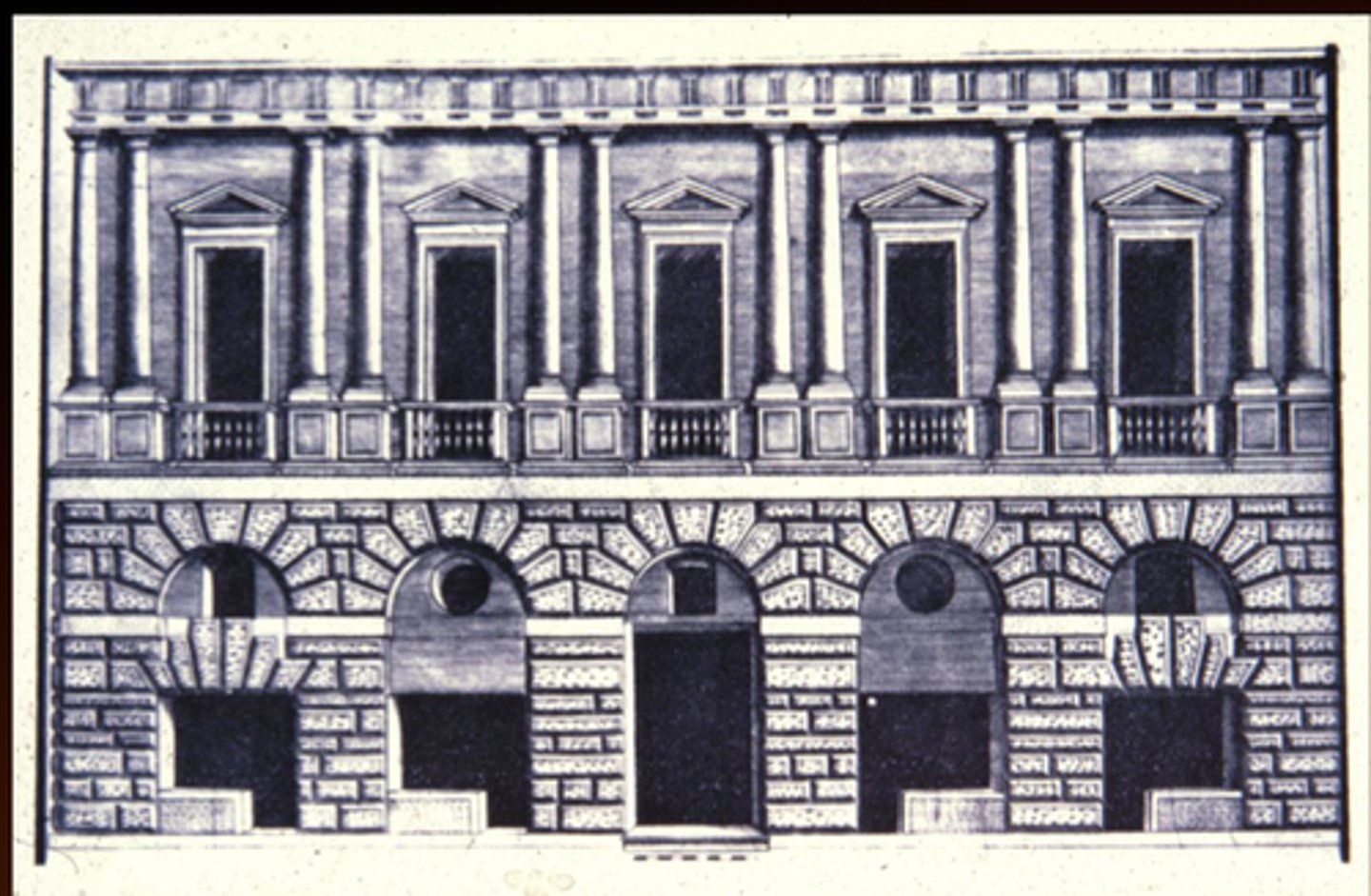
Mannerism (high Renaissance)
Inventive combinations of elements of purposefully play with classical rules; proportions-exaggerated;
Michelangelo (1475-1564)
rebelled against Renaissance decorum; adjusted proportions, details to suit his purpose; often made up his own details; painter (sistine chapel) sculptor (David, the Pieta) architect (Laurentian Library)
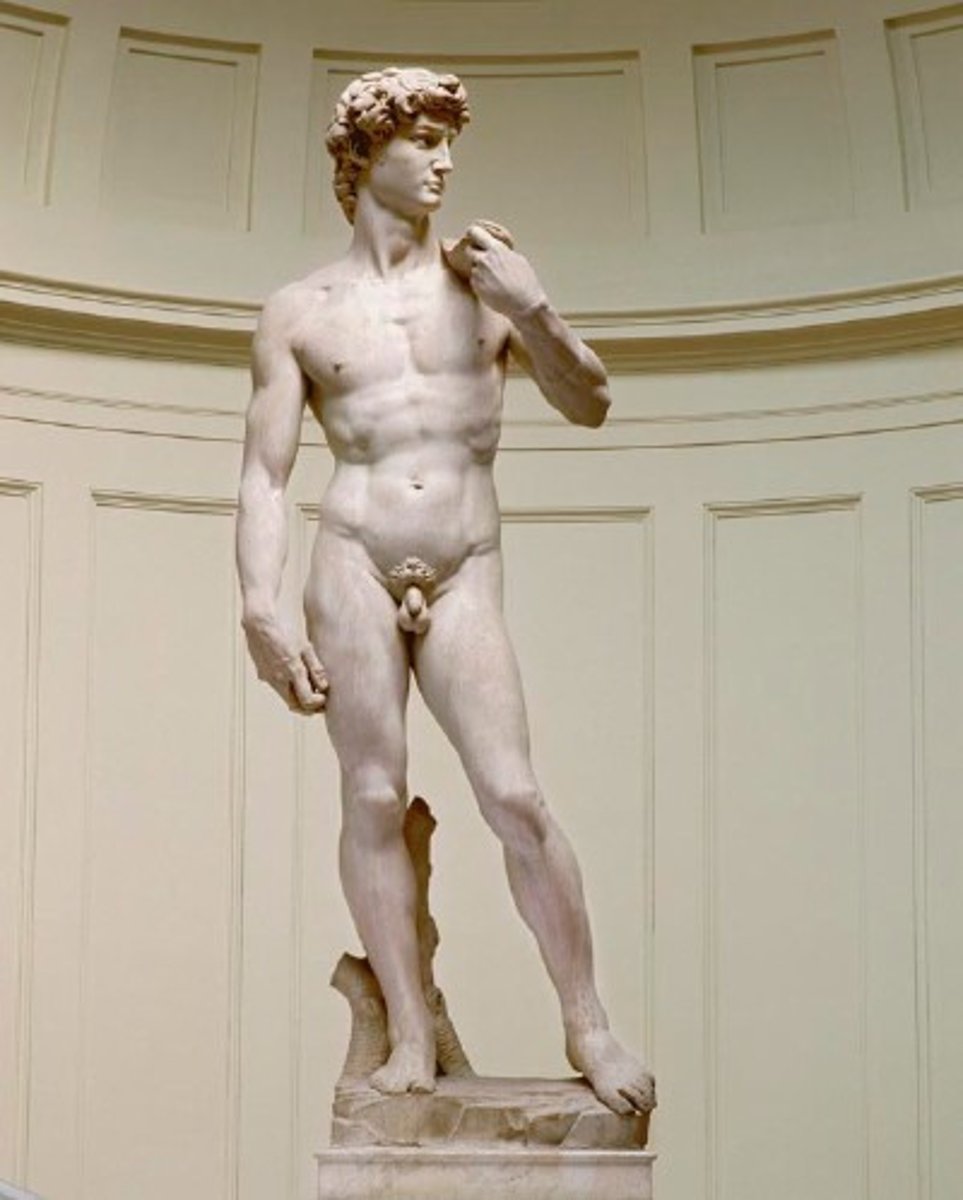
Mannerism
a transitional style in European architecture in the late 16th century, particularly in Italy, characterized by the unconventional use of the classical elements.
Laurentian Library (1524)
complete challenge to Renaissance rules of order, proportion, and use of historic elements; goal = to heighten physical experience of moving through space; Michelangelo essentially manipulated classical architecture as elements in gigantic sculpture
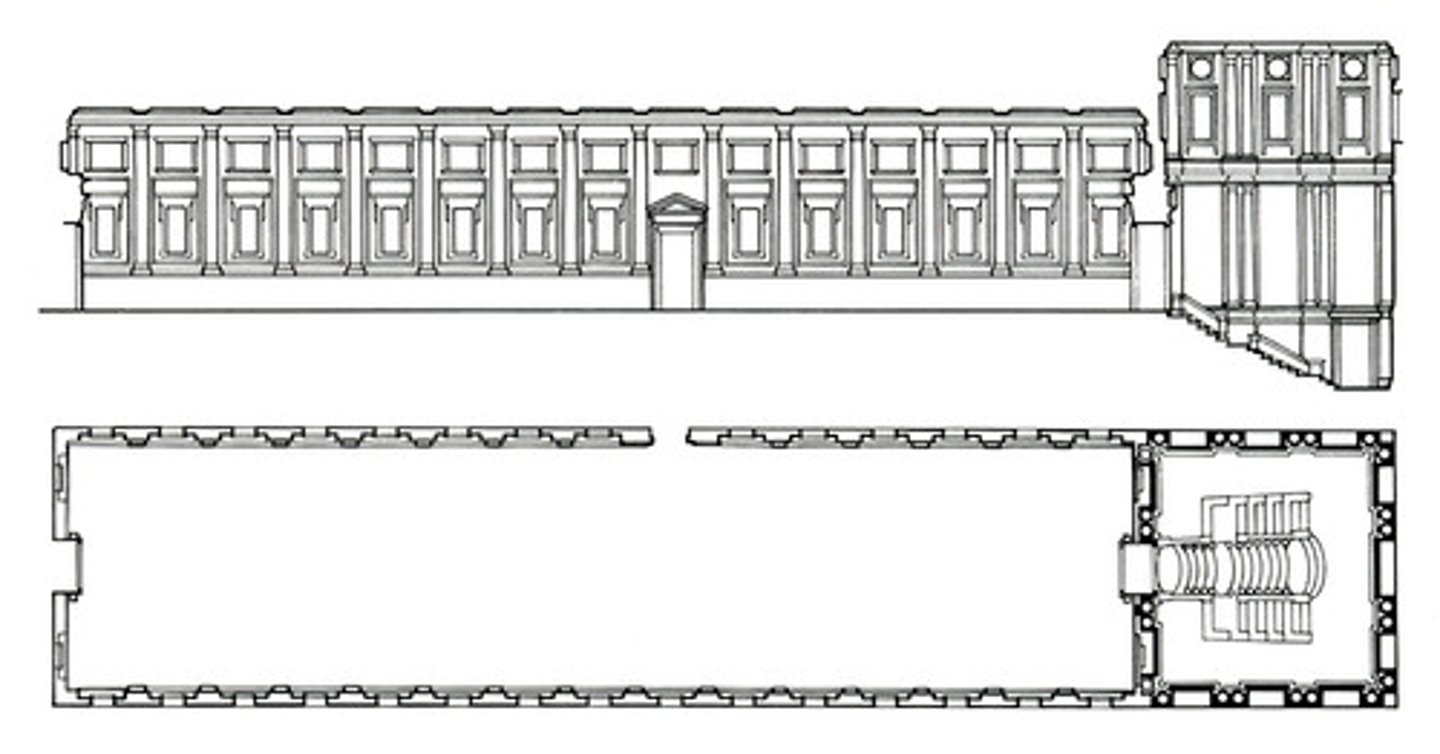
The "Campidoglio", Capitoline Hill (1536)
Michelangelo; organization deviates from purity of Renaissance geometry; subtle tension of angled plan and oval plaza; ideas beginning to become Mannerism
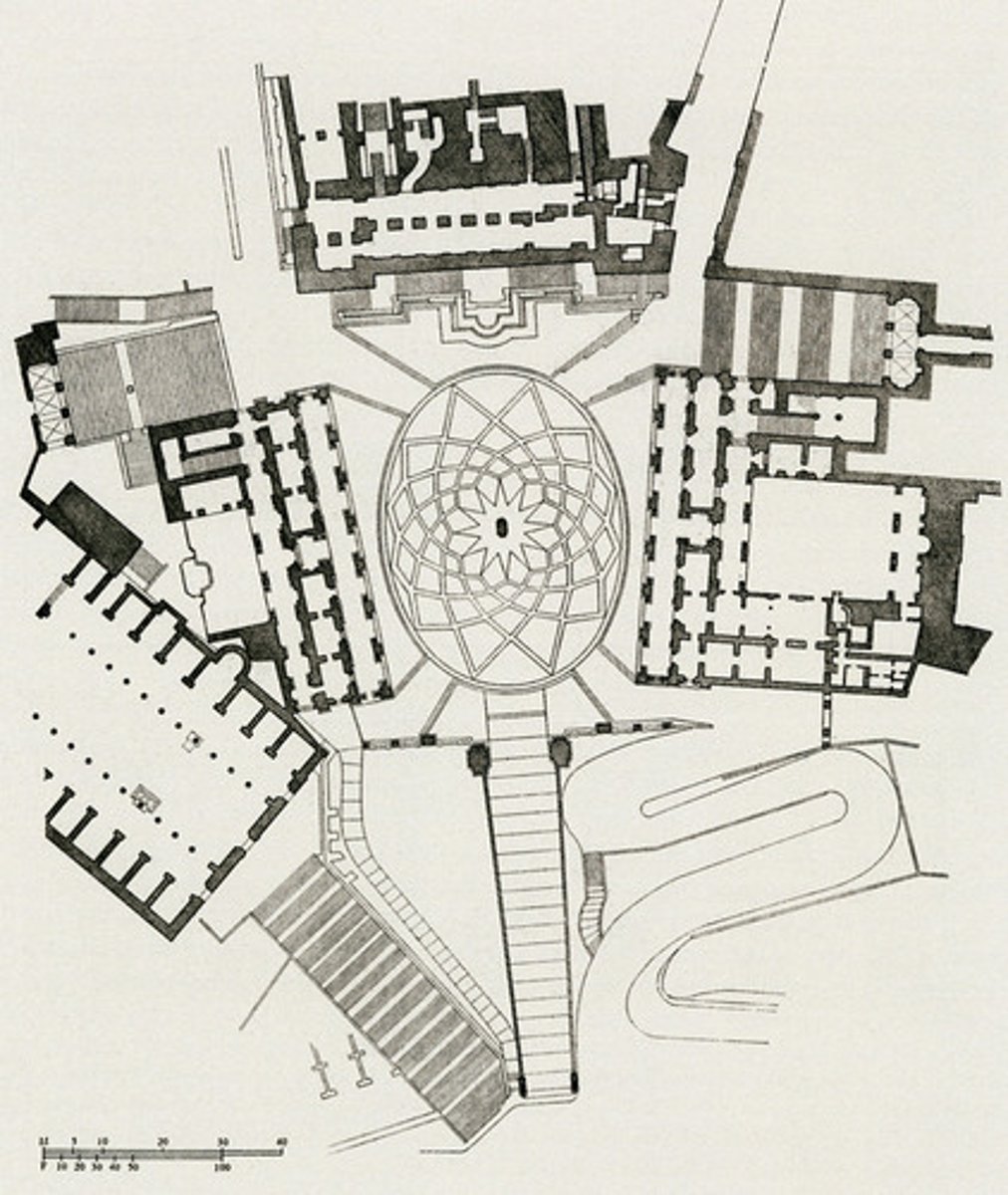
Monticello
1770; Thomas Jefferson
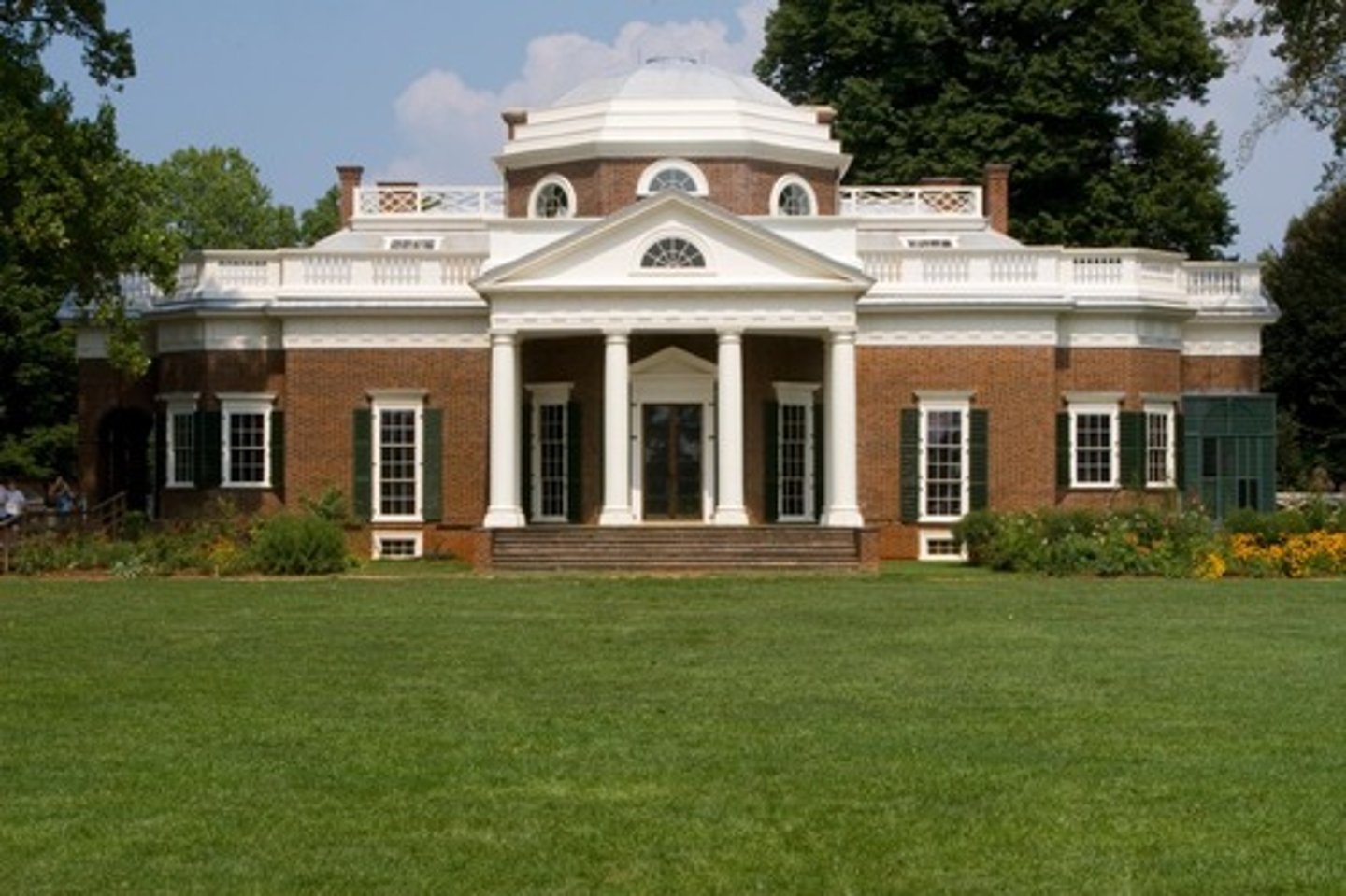
University of Virginia
1817-1826; Thomas Jefferson
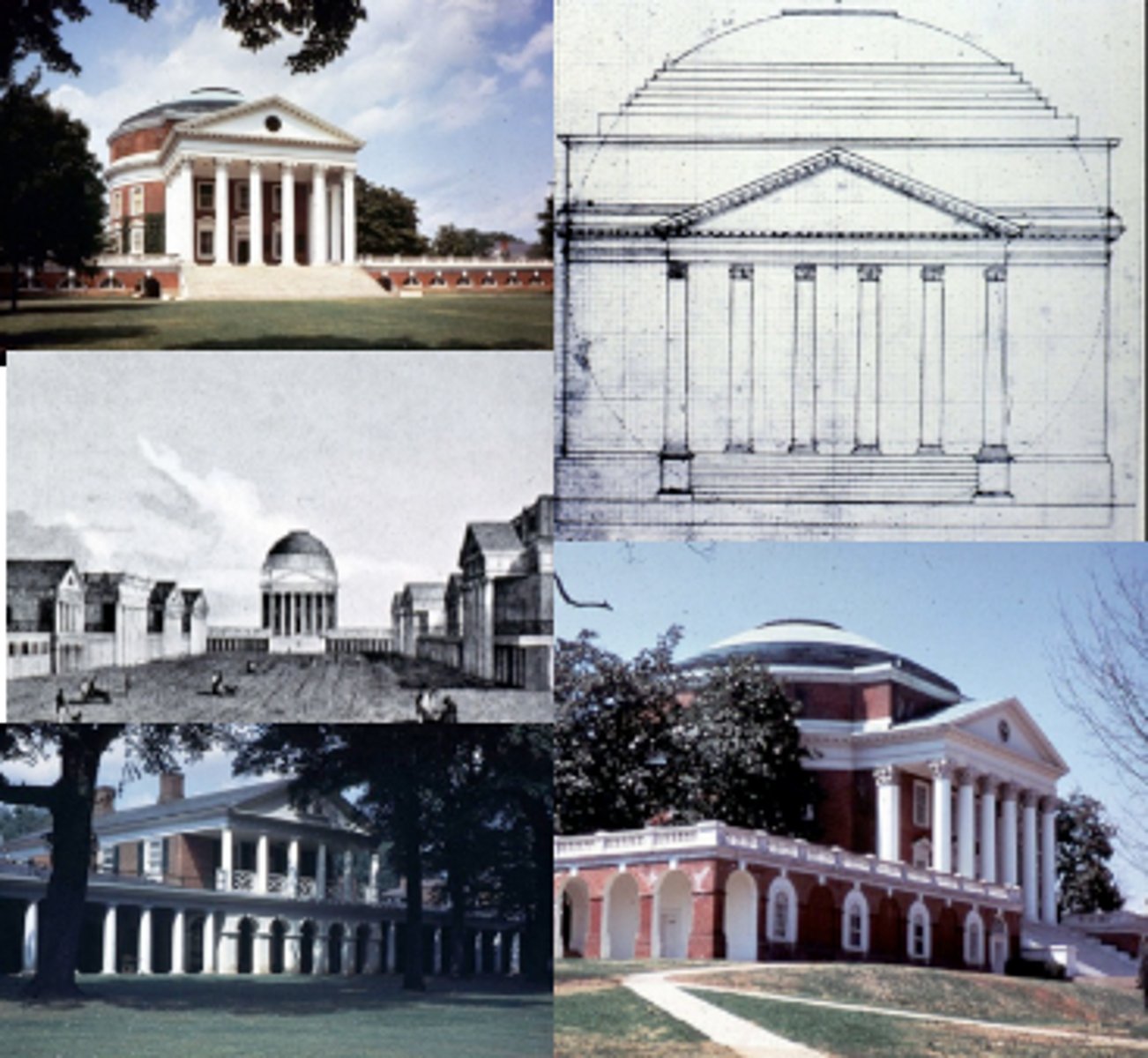
Ecole des Beaux-Arts
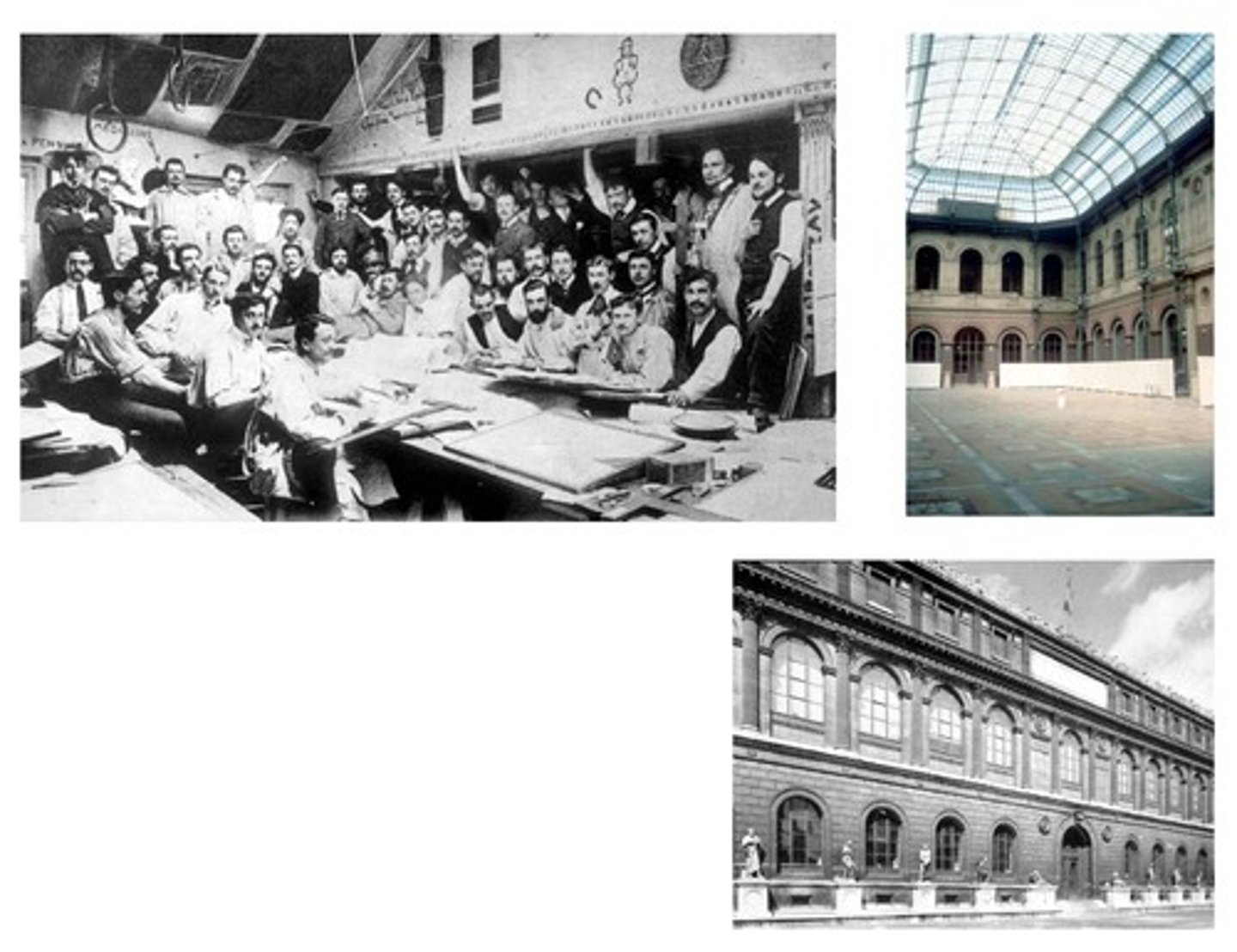
Etienne-Louis Boullee
1728-99
Monument to Newton
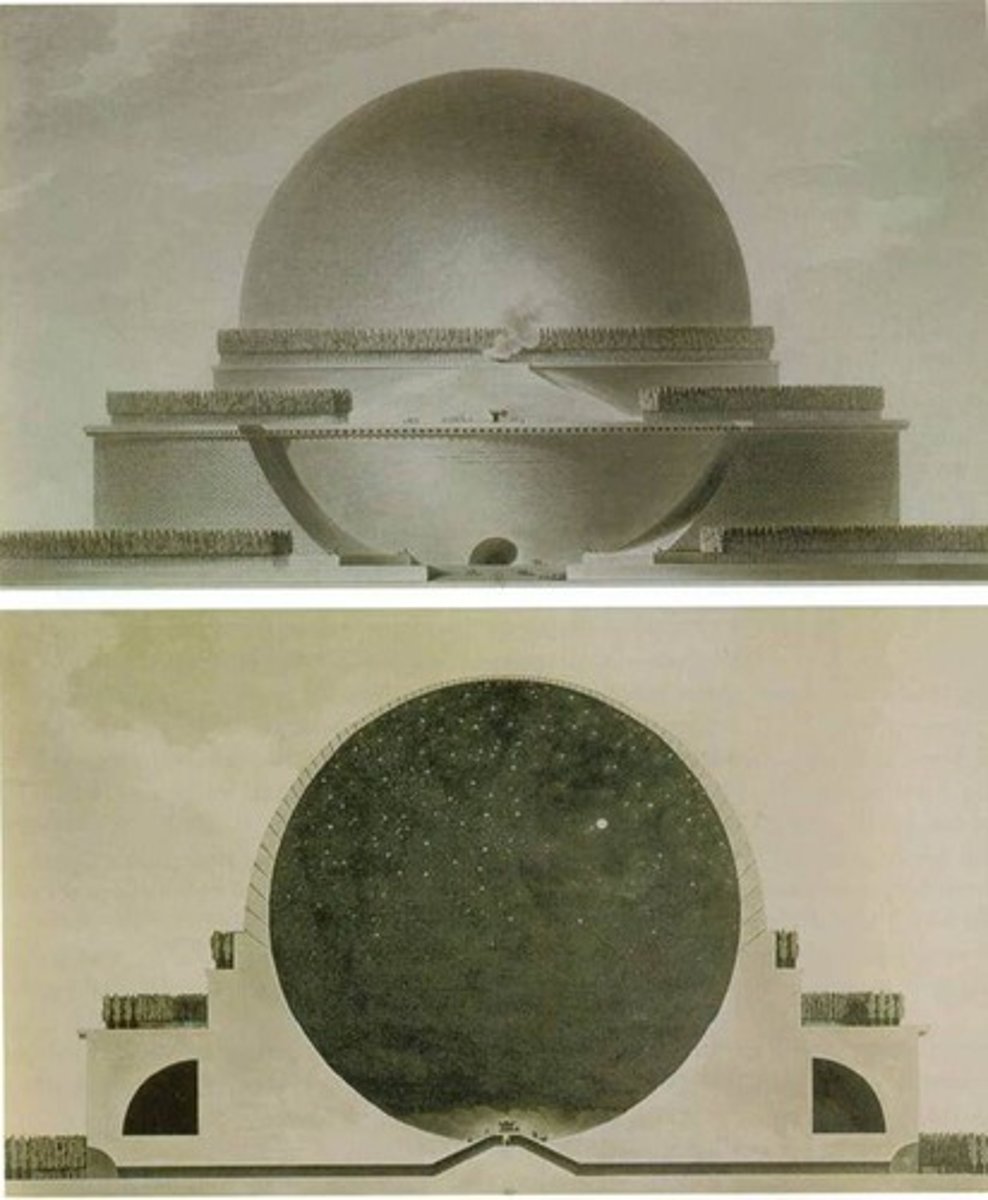
Viollet-le-Duc (1814-1879)
Leading proponent of the Gothic Revival in France
Strawberry Hill
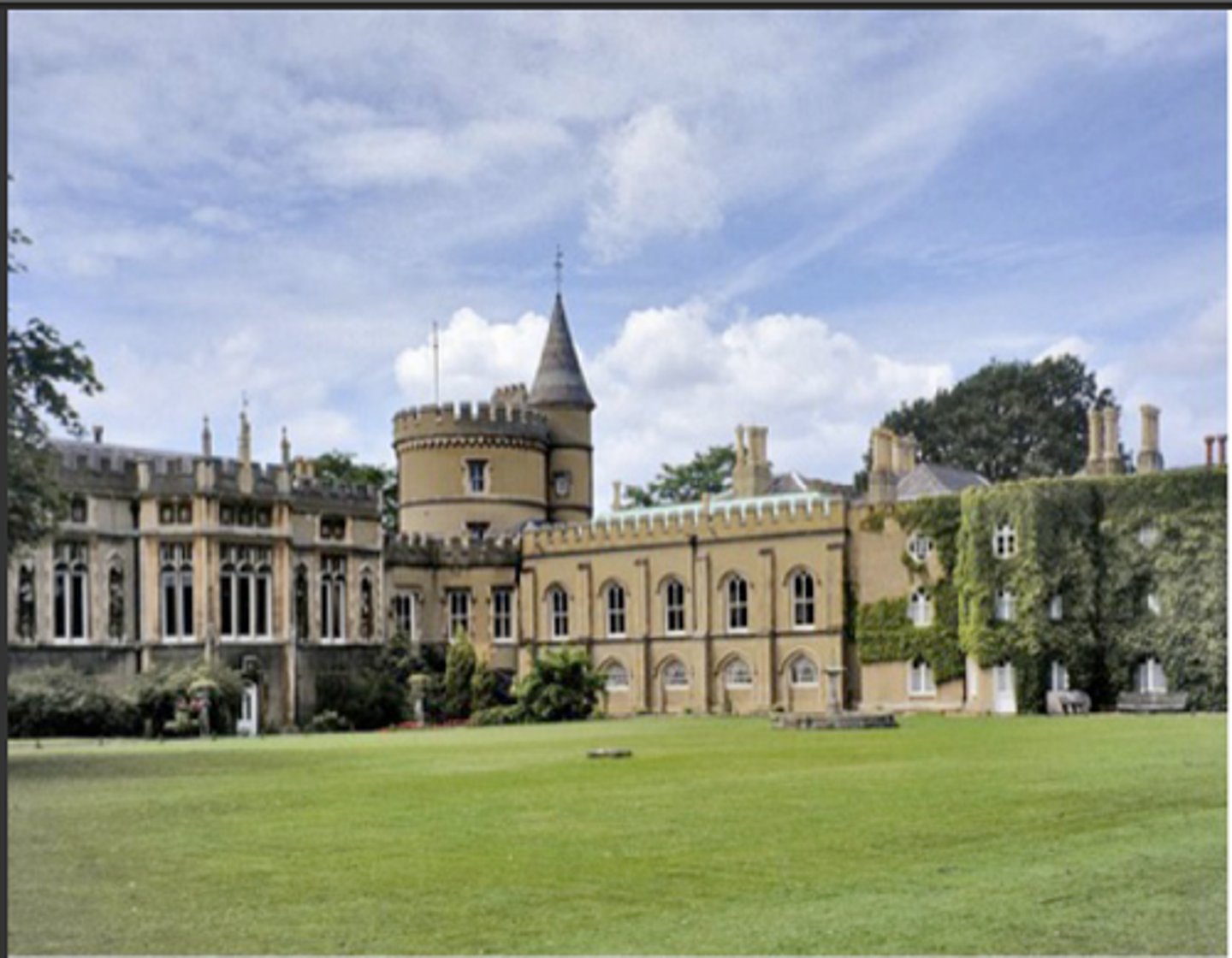
Carpenter Gothic

Collegiate Gothic
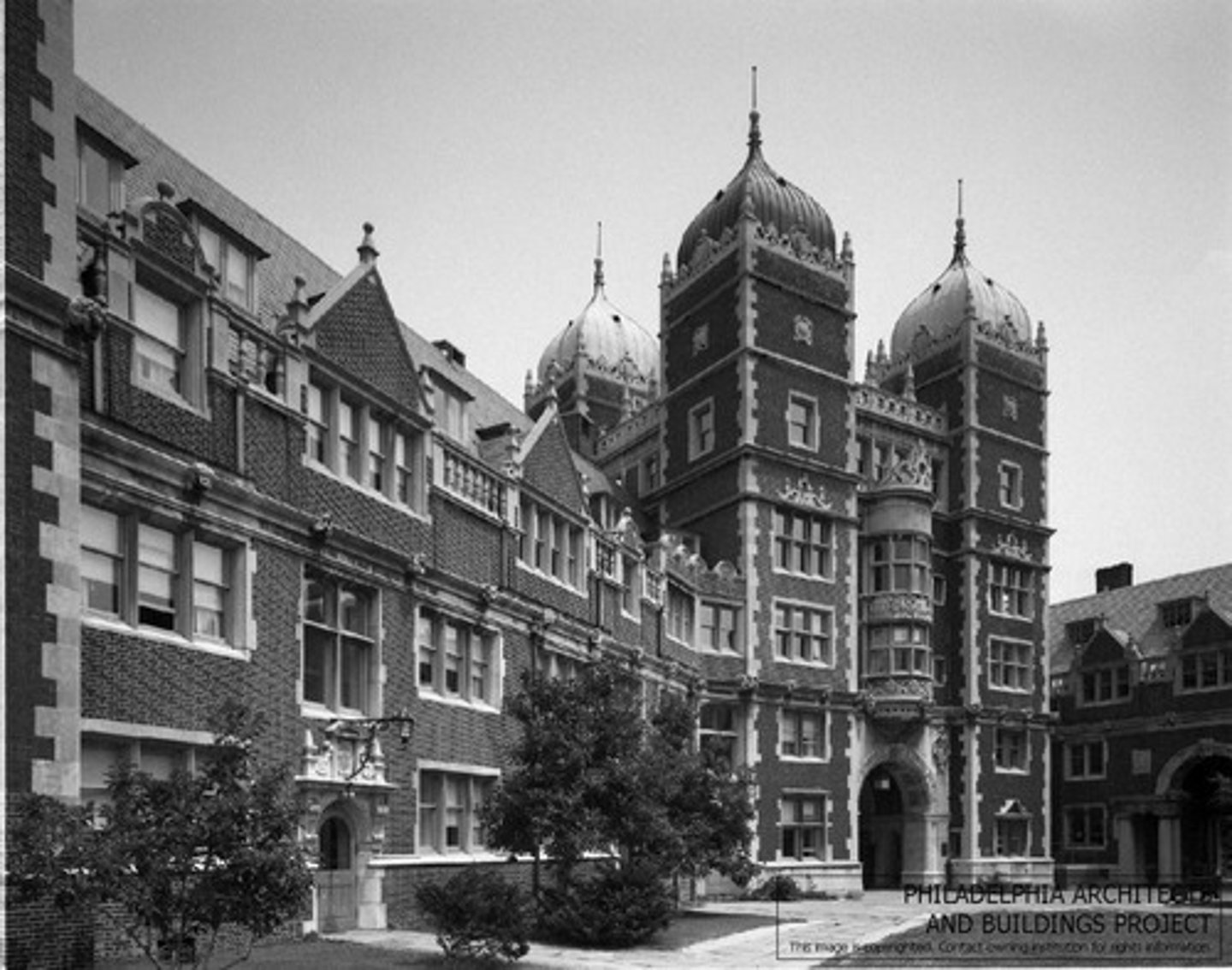
Beaux ARTS Neoclassical Eclecticism
Charles Garnier
Paris Opera House
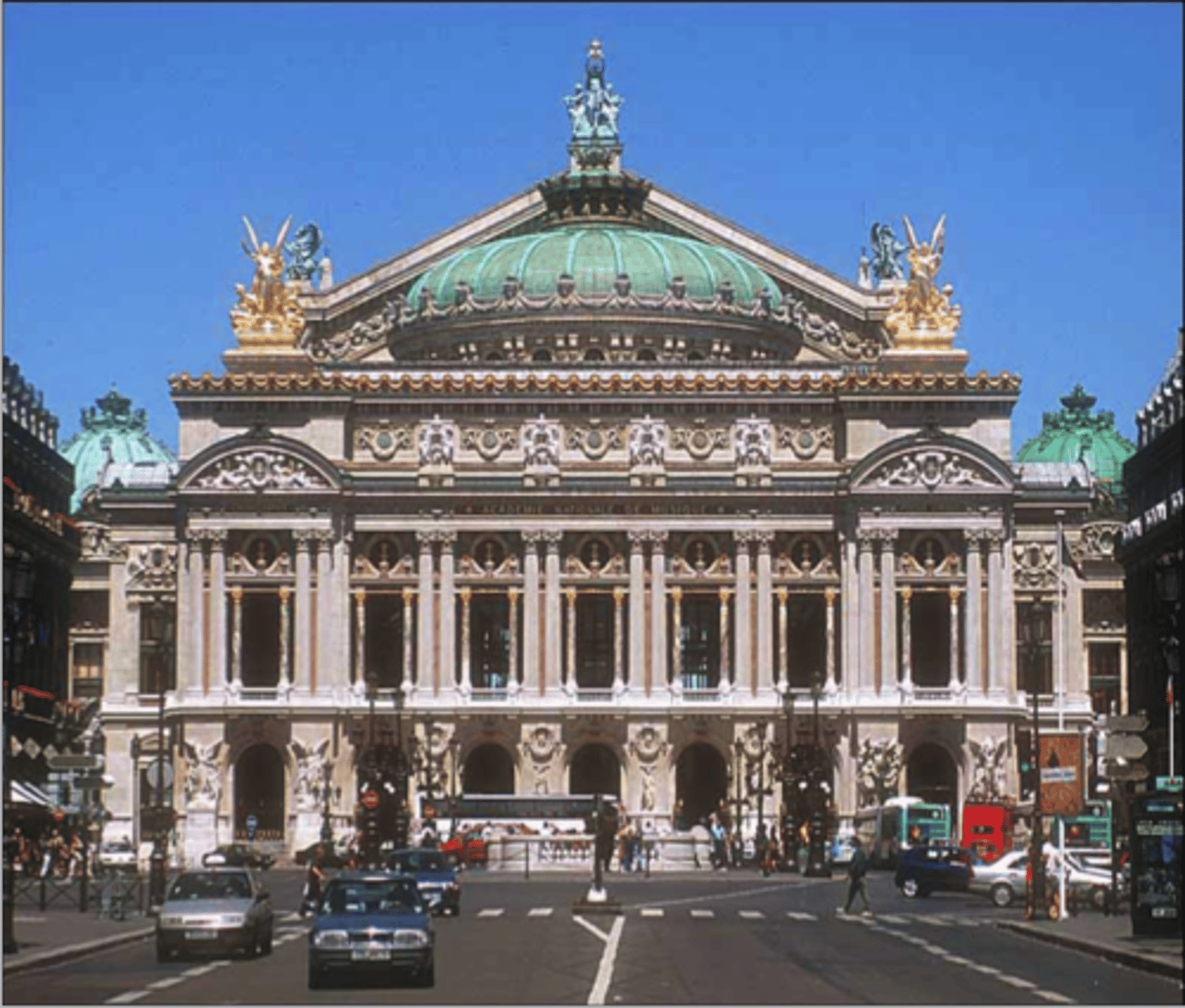
Richardsonian Romanesque
Henry Hobson Richardson
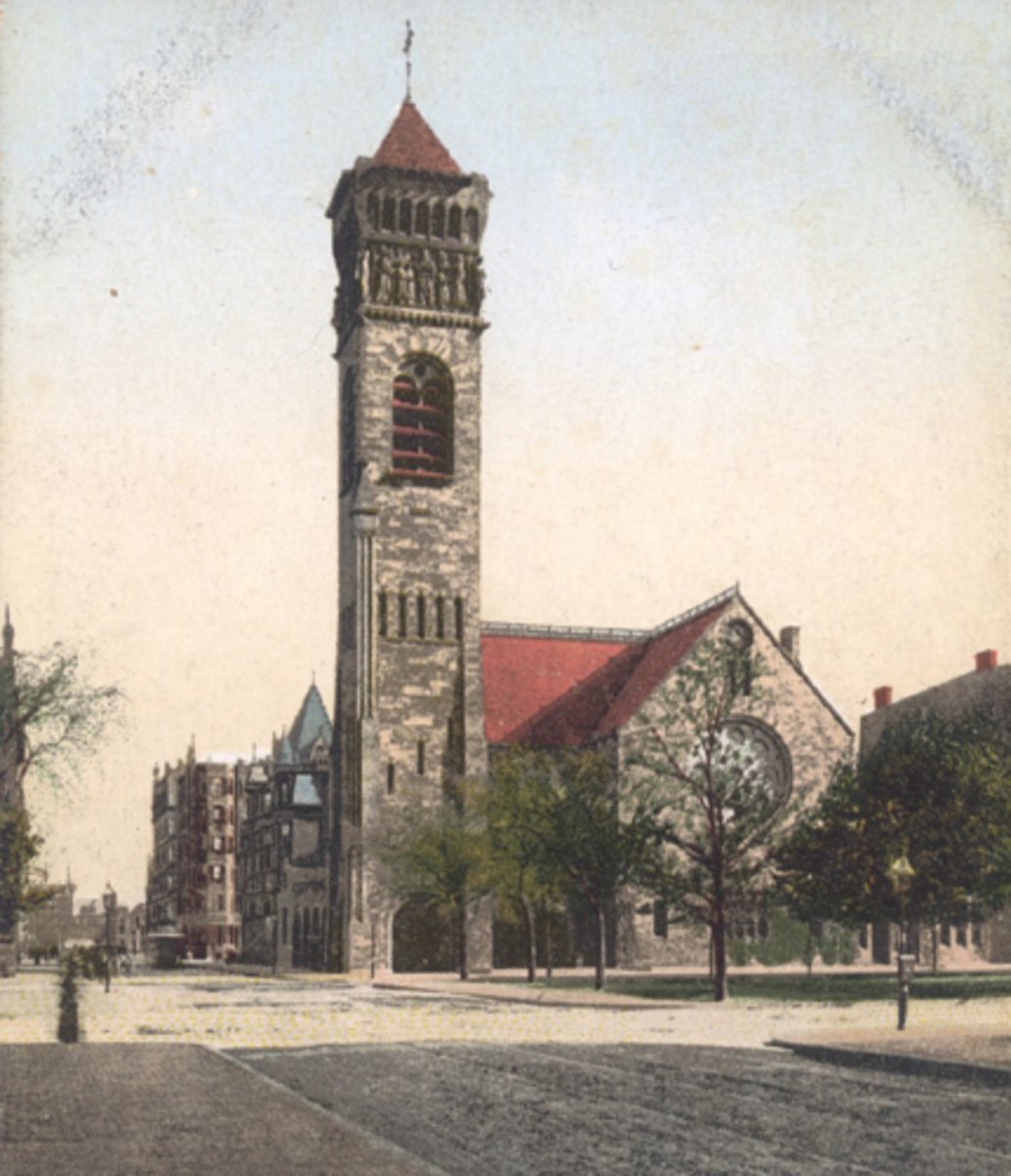
Trinity Church (1872-1877)
Boston; H.H. Richardson
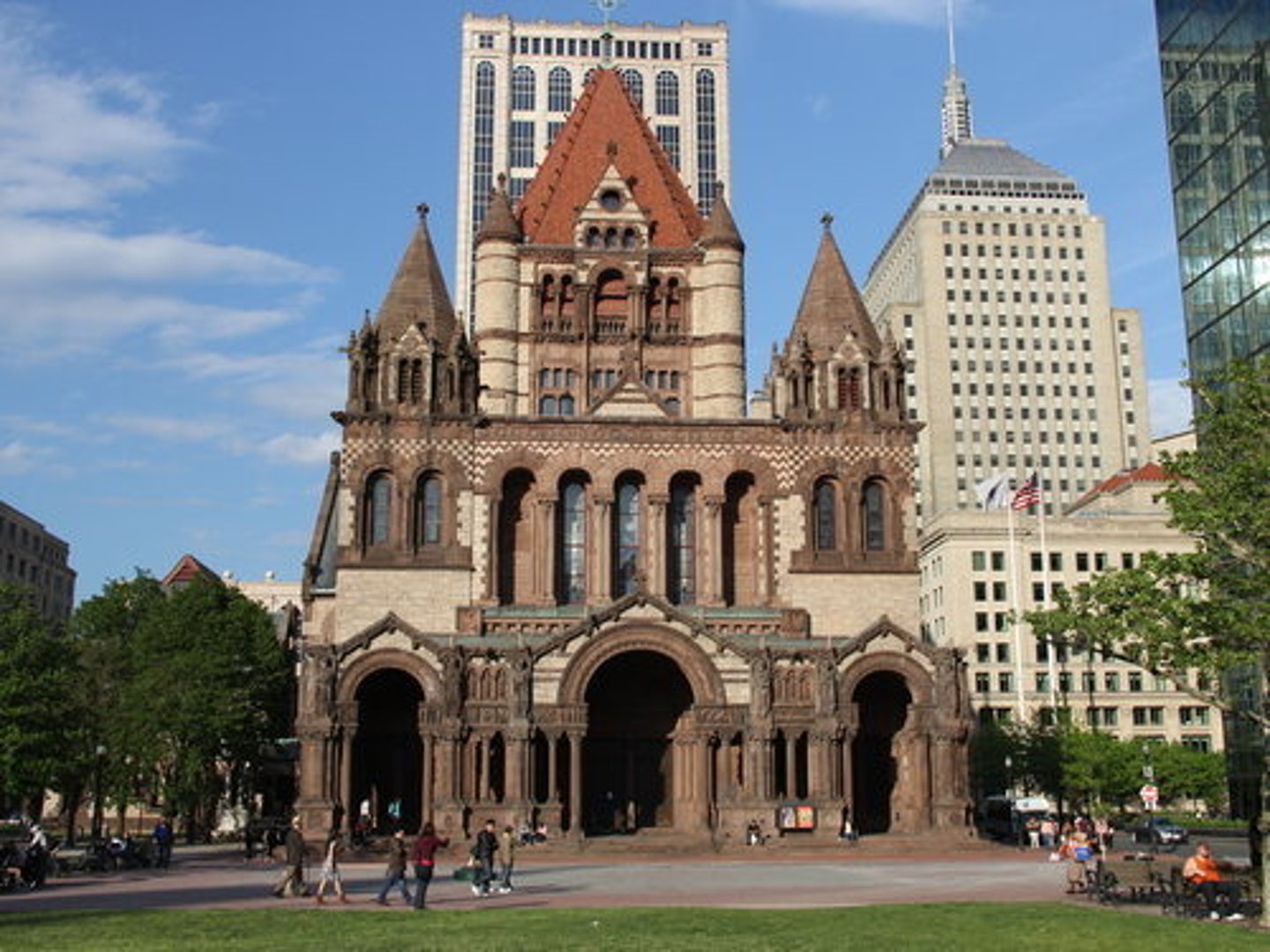
Crystal Palace
designed by Joseph Paxton (1851); For World's Fair, London; made of modular parts that could be disassembled and resembled; standardized, made from industrial manufacturing processes; methodical organization of the building process used metal building technology
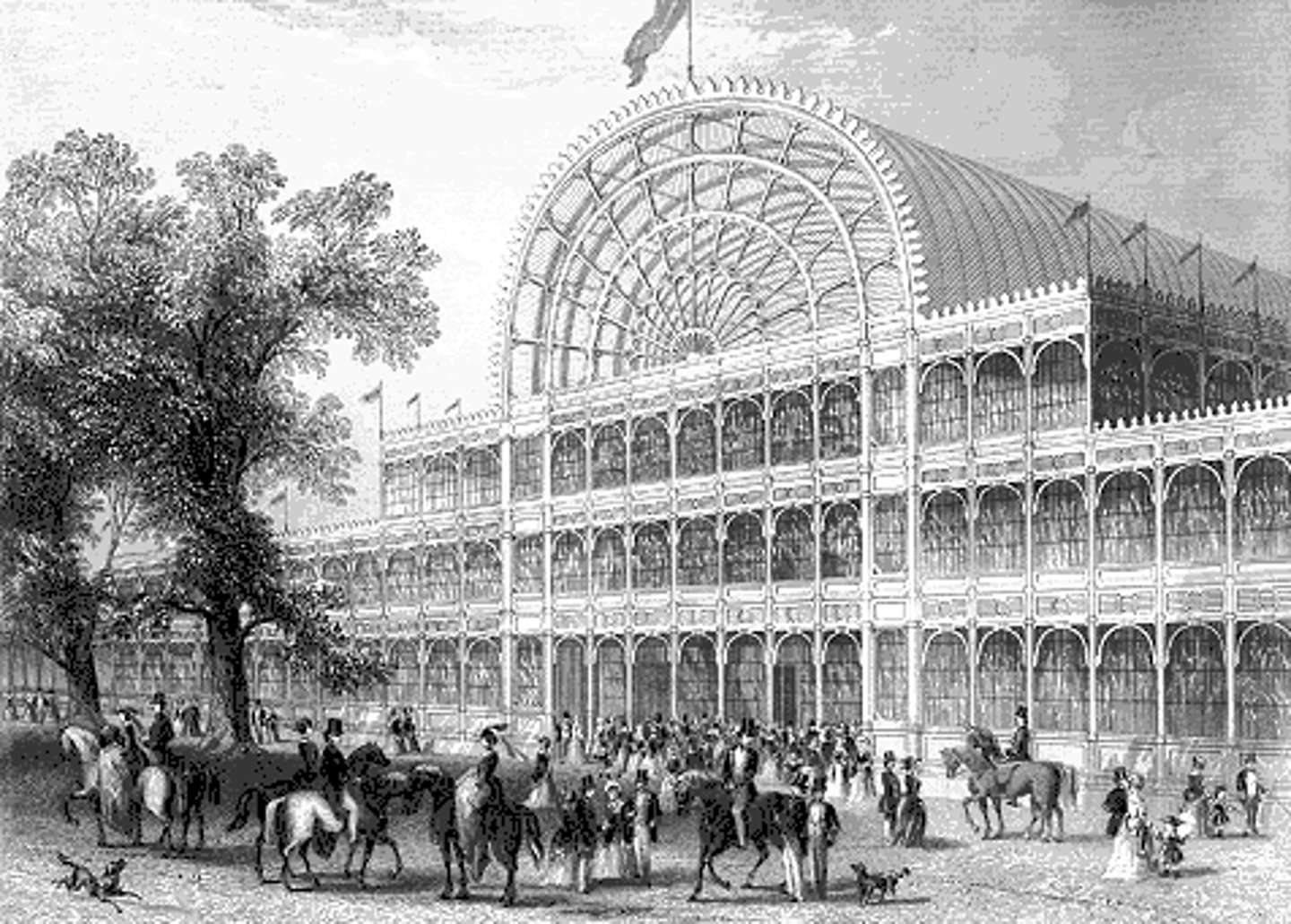
Bibliotheque Ste. Genevieve
Paris;
Henri Labrouste 1842-1850; symbolic train station; represent readers journey into knowledge; cast iron shaped into columns and arches support vaults and domes
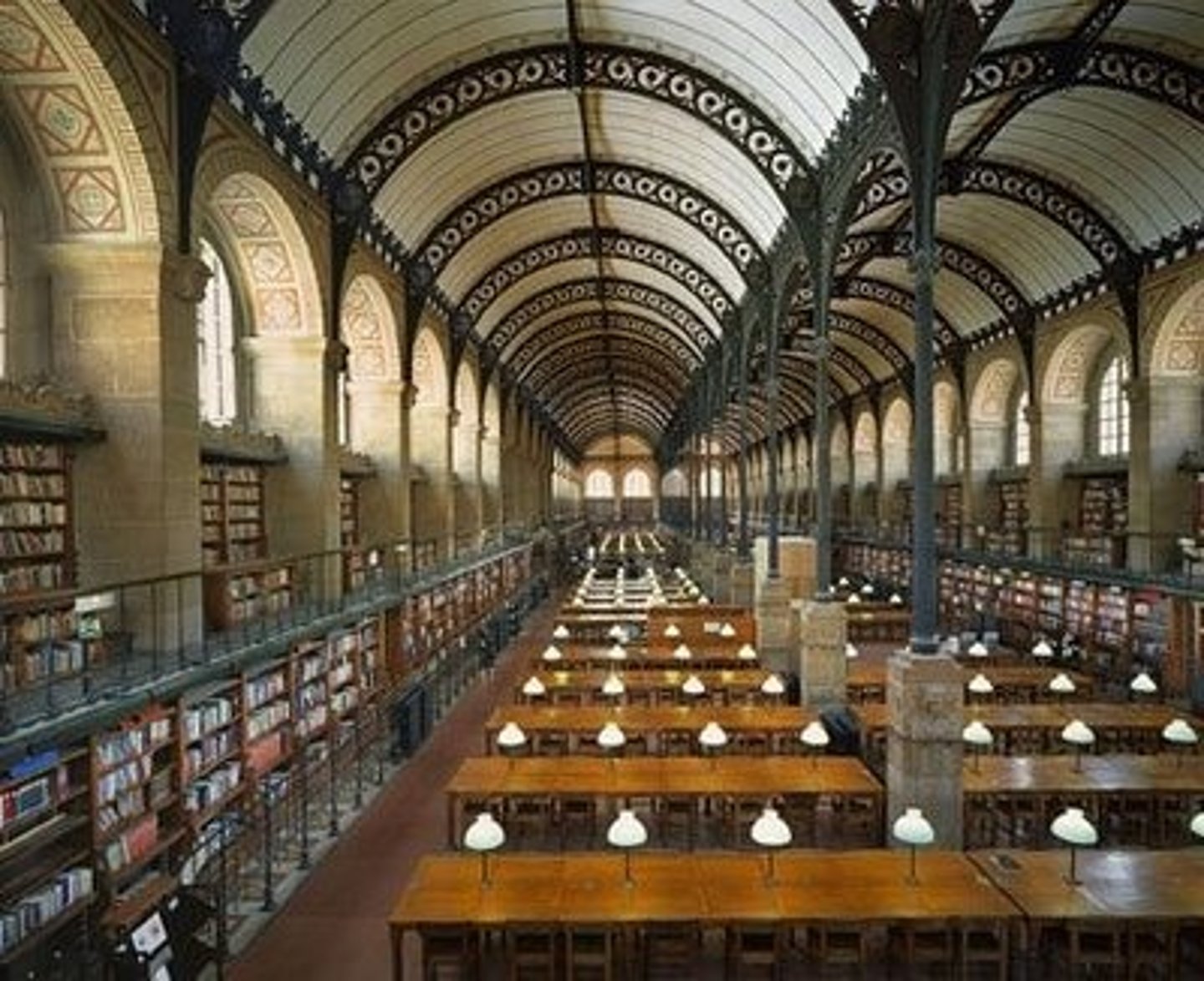
Brooklyn Bridge
1869-1883; Suspension bridge; tension
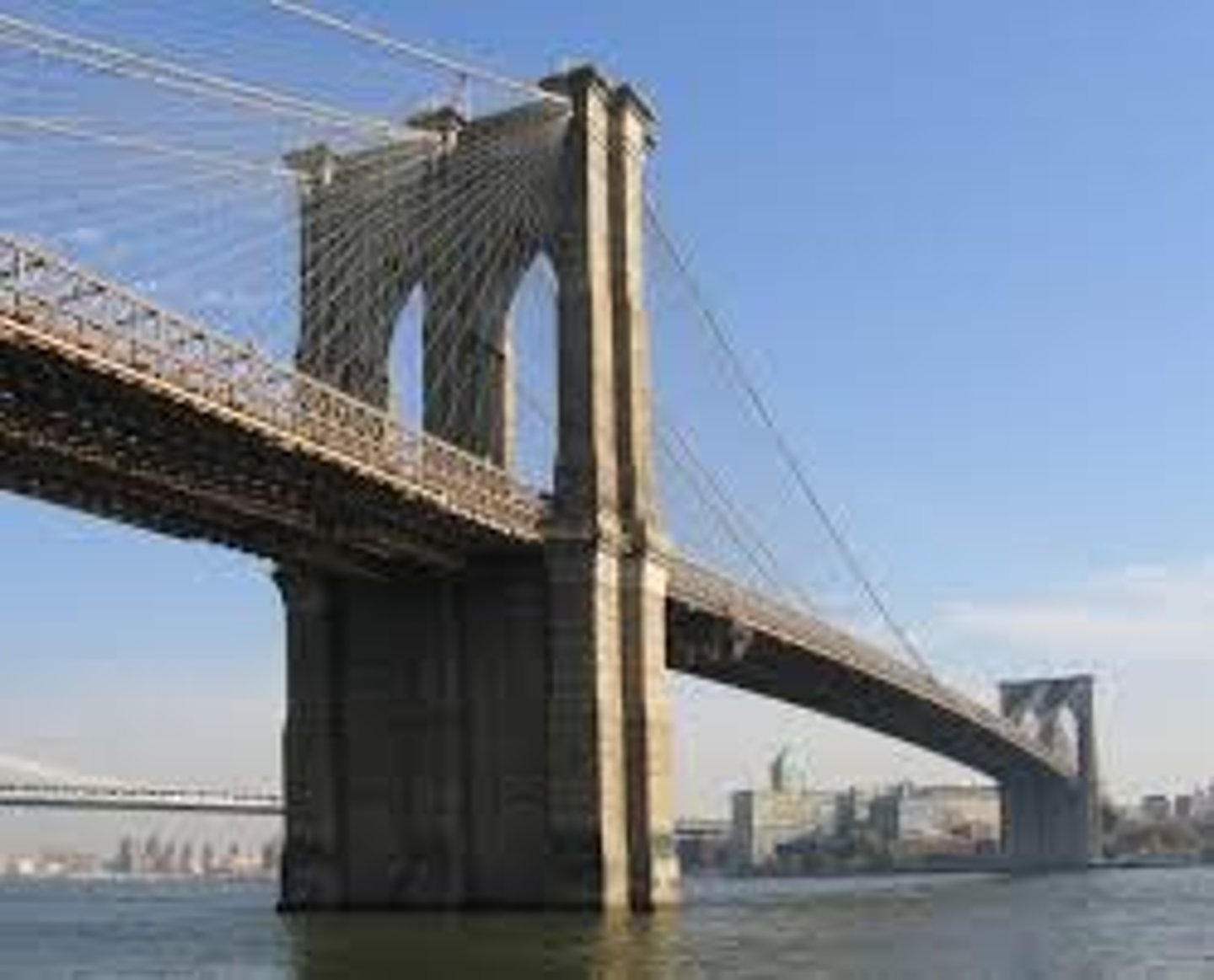
Gustav Eiffel
Paris; 1885; iron construction
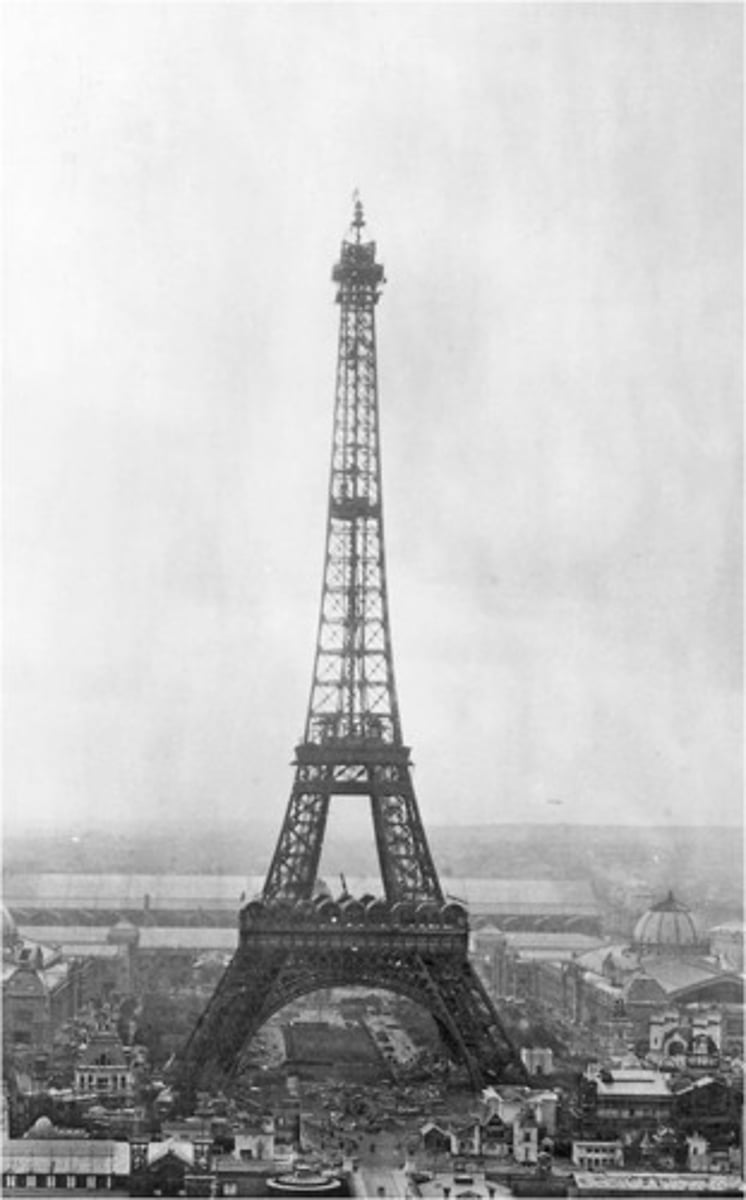
Chicago
Forefront of American architecture;
1871 fire;
Chicago School of architects
Louis Sullivan
celebrate and express verticality in high rises, use light curtain wall material; express 3 zones on facade
Chicago Opera House
Louis Sullivan -- Adler & Sullivan
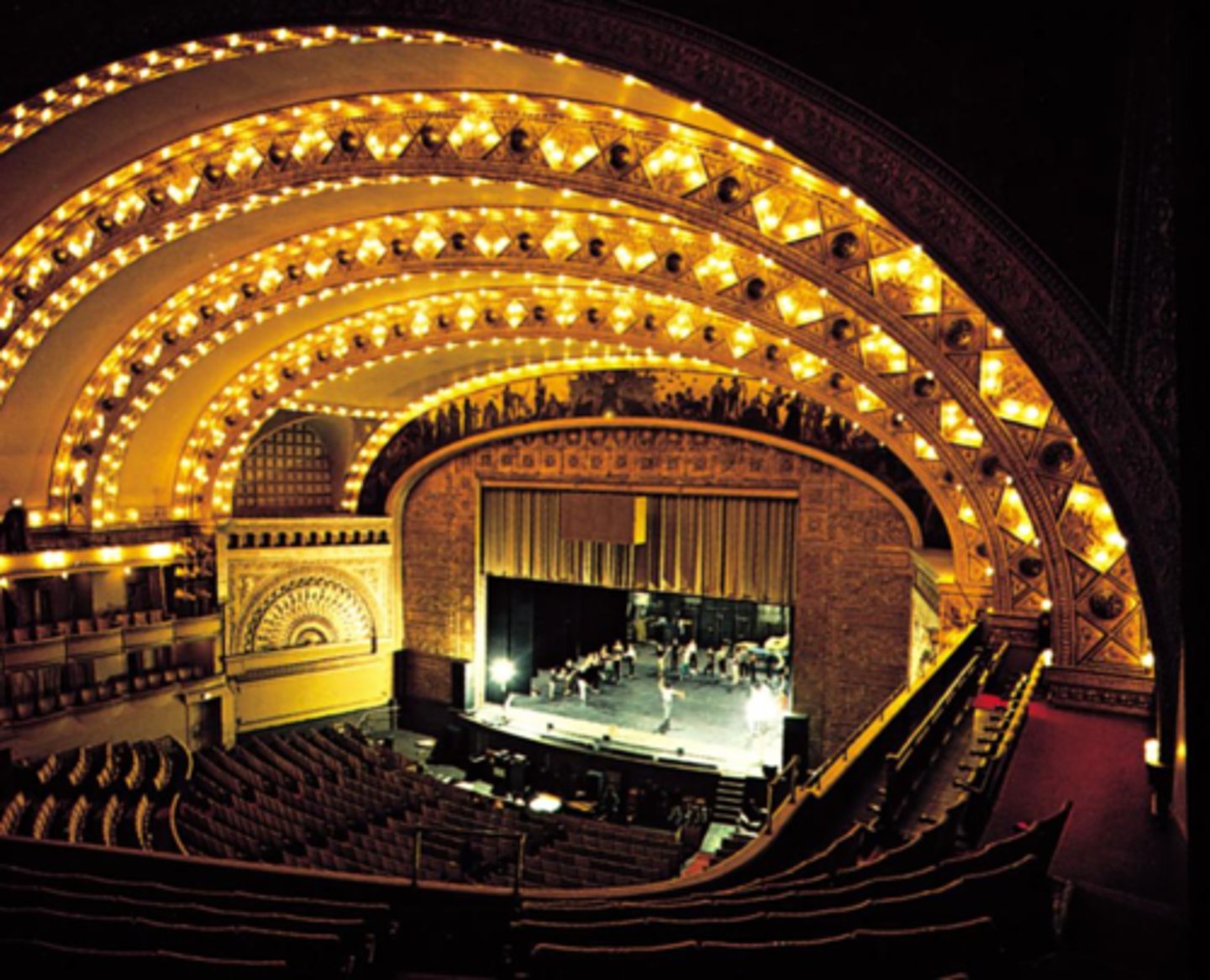
Burnham and Root
Rookery, Chicago
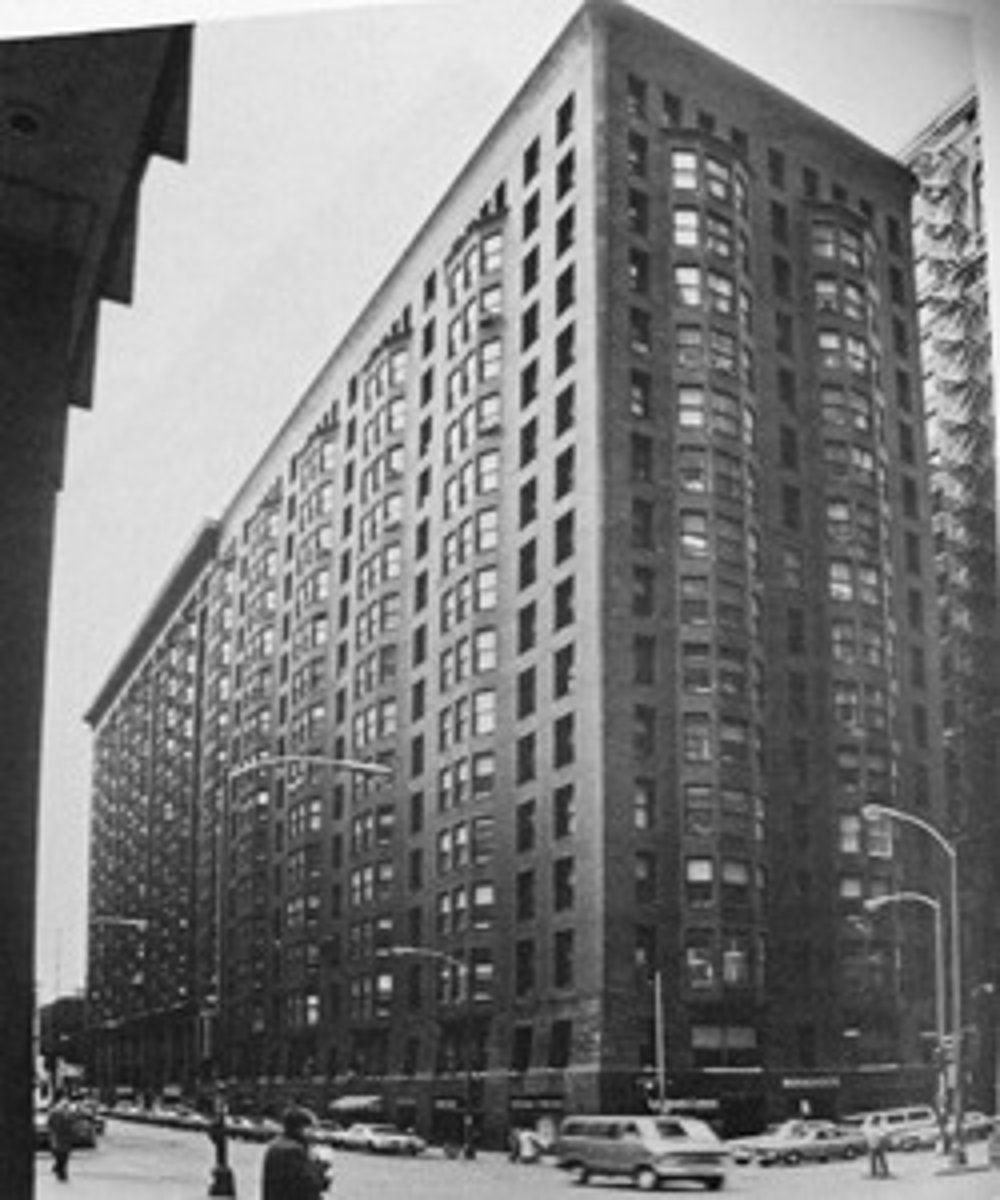
Biltmore
Vanderbilt Mansion, Ashville, NC; F.L. Olmstead
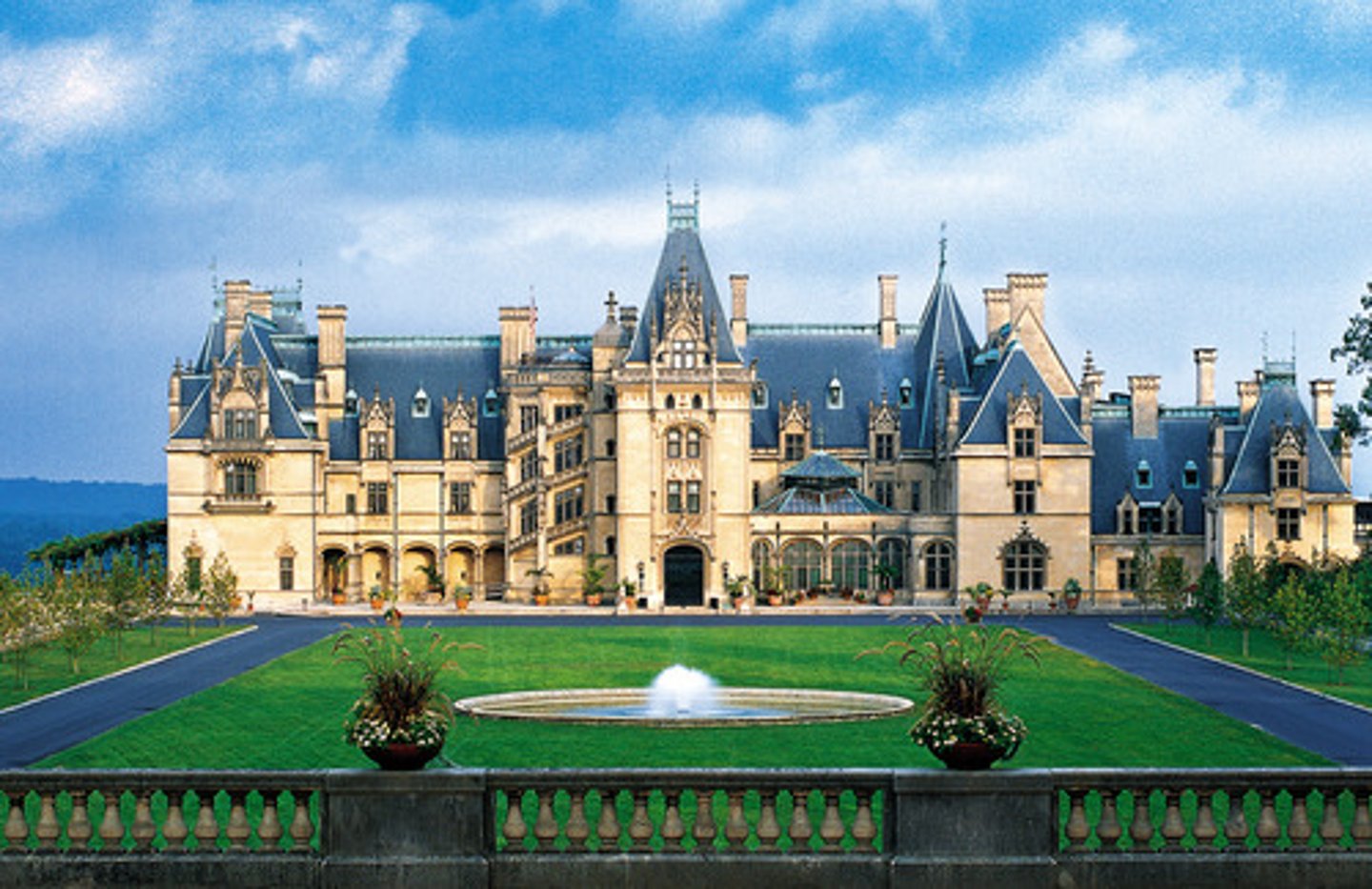
F.L. Olmstead
father of landscape architecture in America
Columbia Exposition of 1893
Chicago
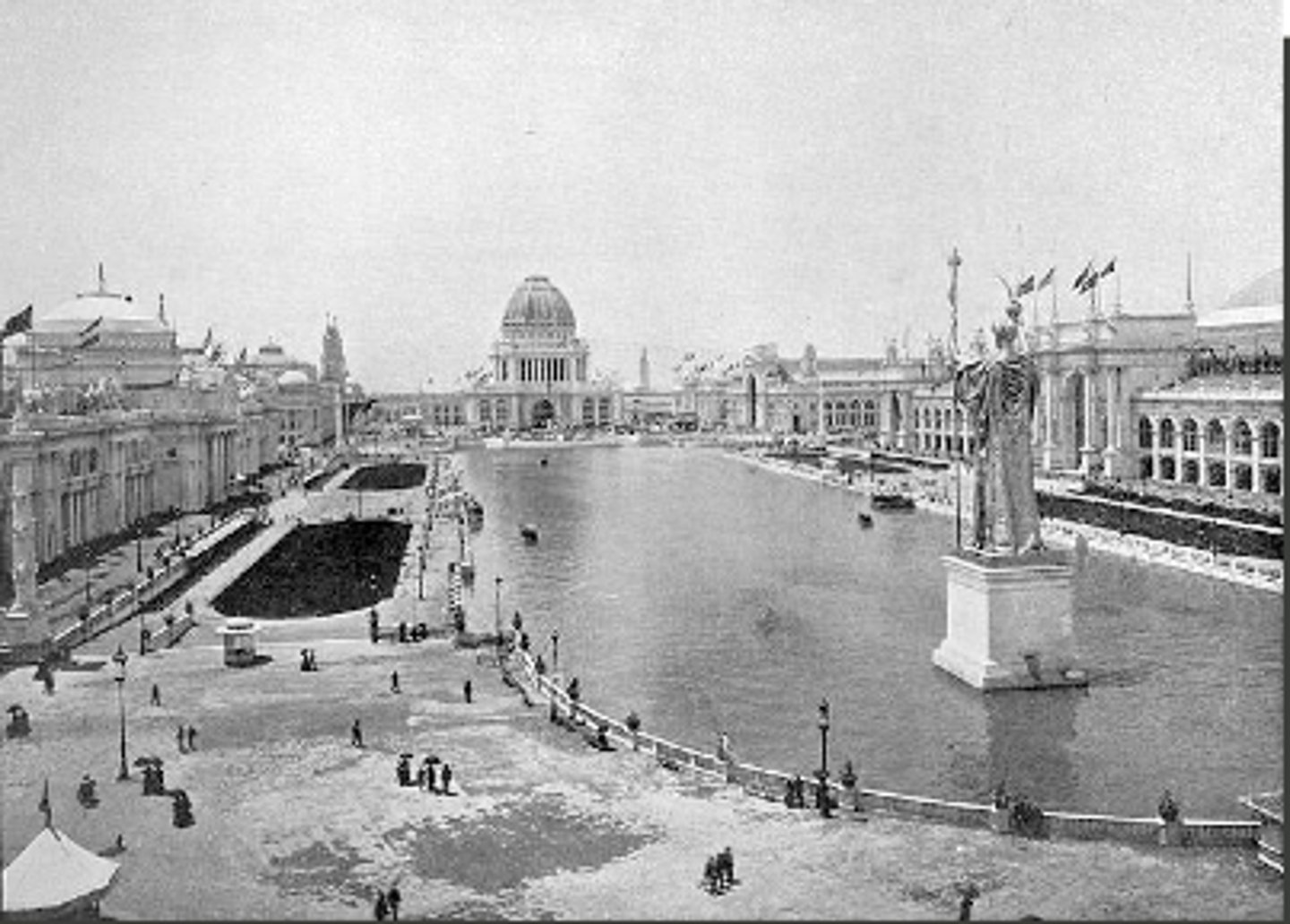
Frank Lloyd Wright
American (Chicago) architect (1869-1959); acknowledges as the most significant American architect of the 20th century;
Frank Lloyd Wright stylistic developments
early work-- "arts and crafts" derived style; "prairie" style-- modern, horizontality, interwoven spaces; mature style-- more expressionistic
Robie House
Frank Lloyd Wright; 1908-09
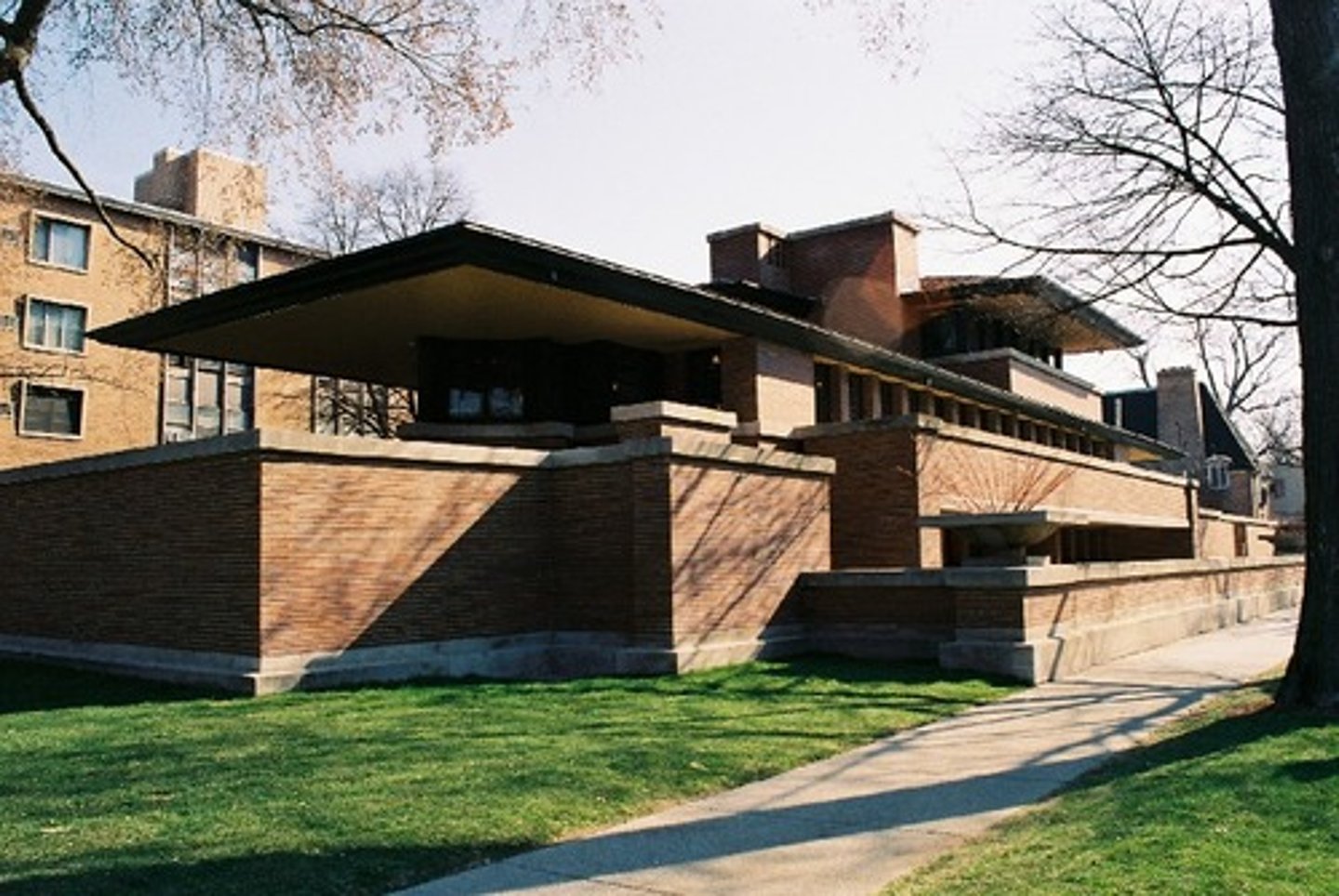
Unity Temple
Frank Lloyd Wright; 1909
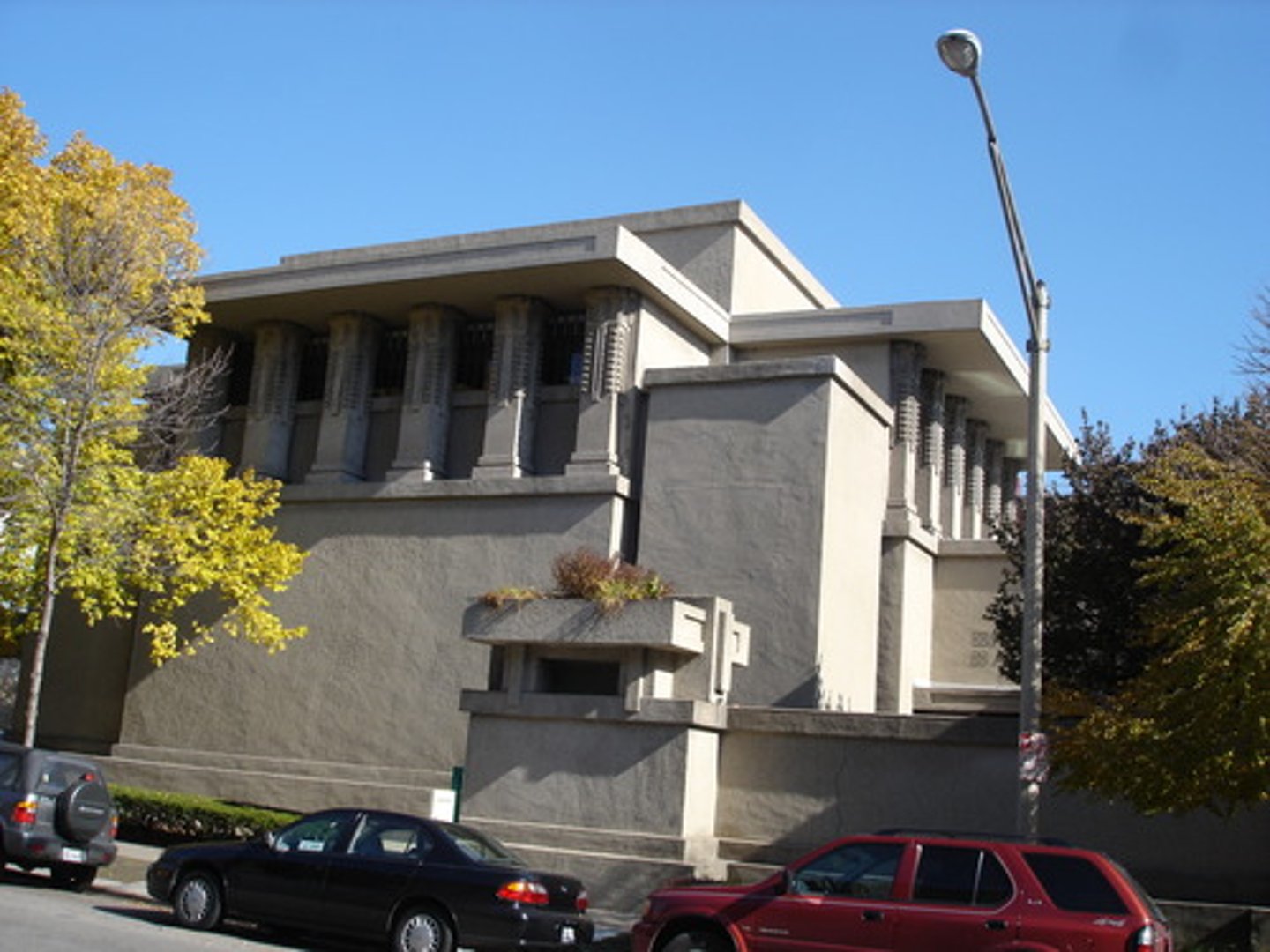
post-modernism -- influences social change
end belief in science to cure social ills; failure of science
post modernism
against "universalizing" processes-- monarchy, aesthetics, modernism; for "contextual" processes-- capitalism, computer technologies, media
Robert Venturi and Denise Scott Brown
"Less is a Bore"
Vanna Venturi House
1964; Chestnut Hill, PA; Robert Venturi

Guild House
1960-1965; Philadelphia, PA; Robert Venturi
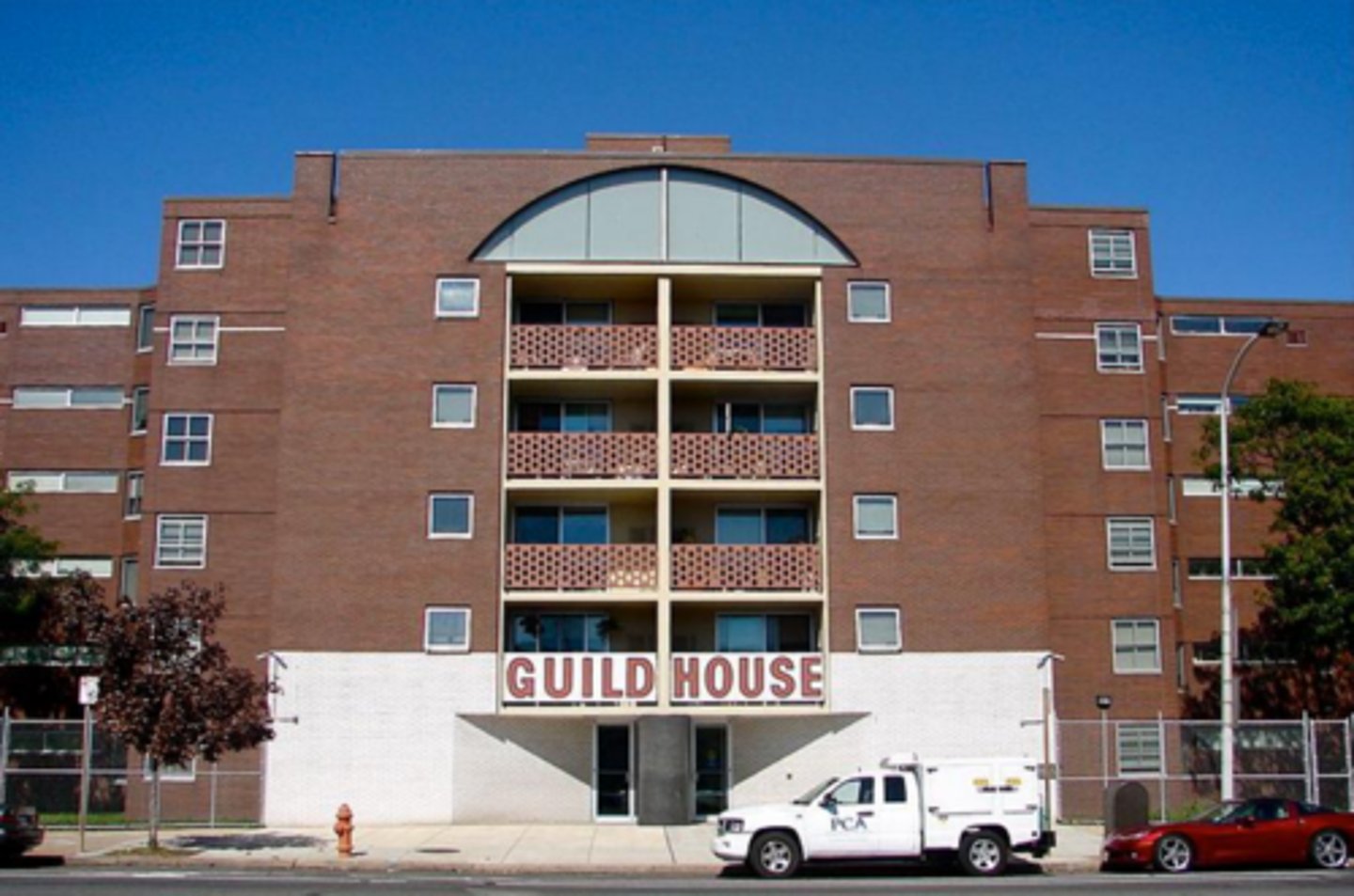
Renaissance (as opposed to Gothic)
Mathematics, Rational, Proportions, universal order; not aspire to heavens, grounded to earth, human reason
Gothic
A-historical, asymmetrical; architecture is a service to God
Renaissance 15th Century
began in Florence; authentic re-use of classicism, based in understanding of perspective, change size and proportion of columns, pediments, etc.; represent human intellect as much as the power of God
Humanism
philosophical system based upon the capacity of humankind for rational, objective thought and action; stresses human reason and is centered in human nature, interests, and idealism as distinct from religious philosophies based in a higher God
Renaissance
the activity, spirit or time of humanistic revival of classical art, literature, and learning originating in Italy in the 14th century and extending to the 17th century making the transition from the medieval to the modern world
Renaissance Architecture
the various adaptations of Italian Renaissance architecture that occurred throughout Europe until the advent of Mannerism and the Baroque in the 16th and 17th centuries, characterized by the use of Italian Renaissance forms and motifs in more or less traditional buildings
Brunelleschi
architect, painter, sculptor, goldsmith; humanism-- human achievement separate from religious dogma; reconcile the classical view of human potential with Christian belief in divine intention; wanted excellence in human achievement-- all was possible
The "Duomo"
Dome of the Cathedral of Florence 1418-1436; largest dome built since the Romans; technical achievement in its construction; no centering-- built to be self-supporting as it was constructed; employed ribs and double shells
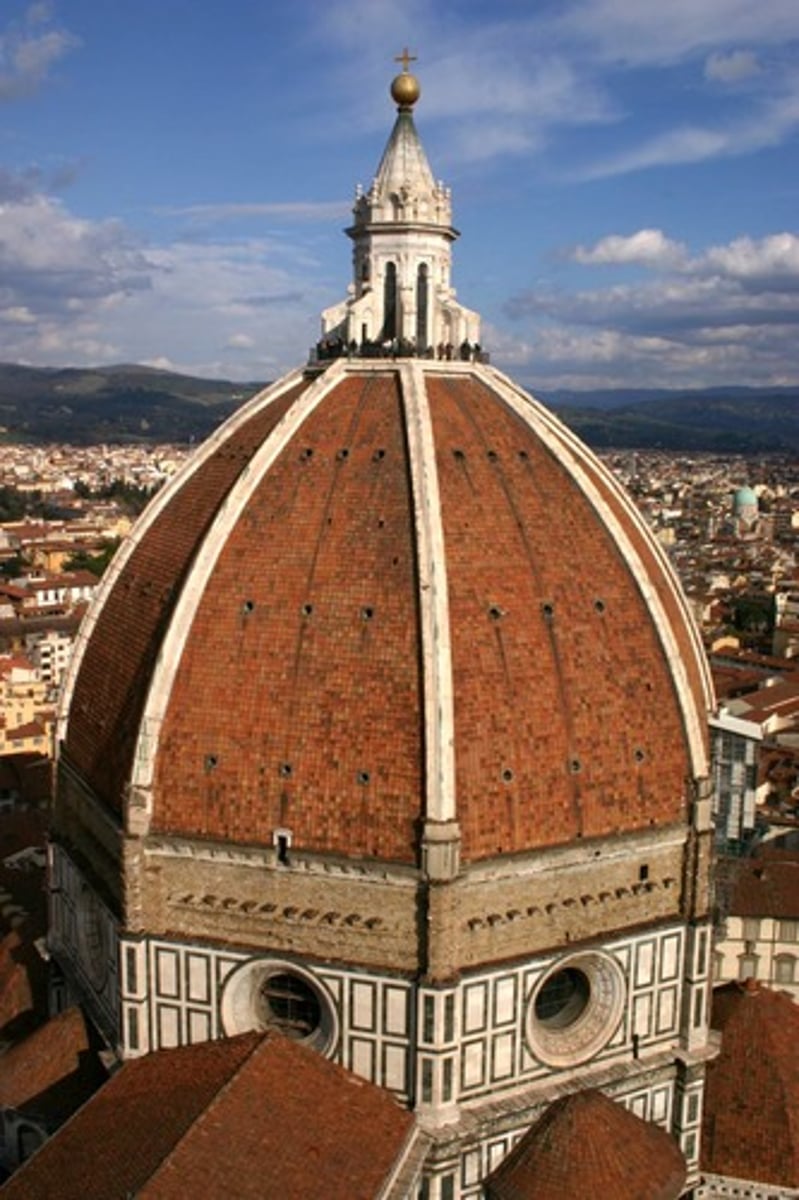
Early Renaissance
a style of Italian Renaissance art and architecture developed during the 15th century, characterized by the development of linear perspective, chiaroscuro, and in buildings, by the free and inventive use of classical details
Brunelleschi: Father of the Renaissance
symmetrical forms; proportions relate one element to another; application scientific perspective
Foundling Hospital
first Renaissance building; Brunelleschi; Florence 1422
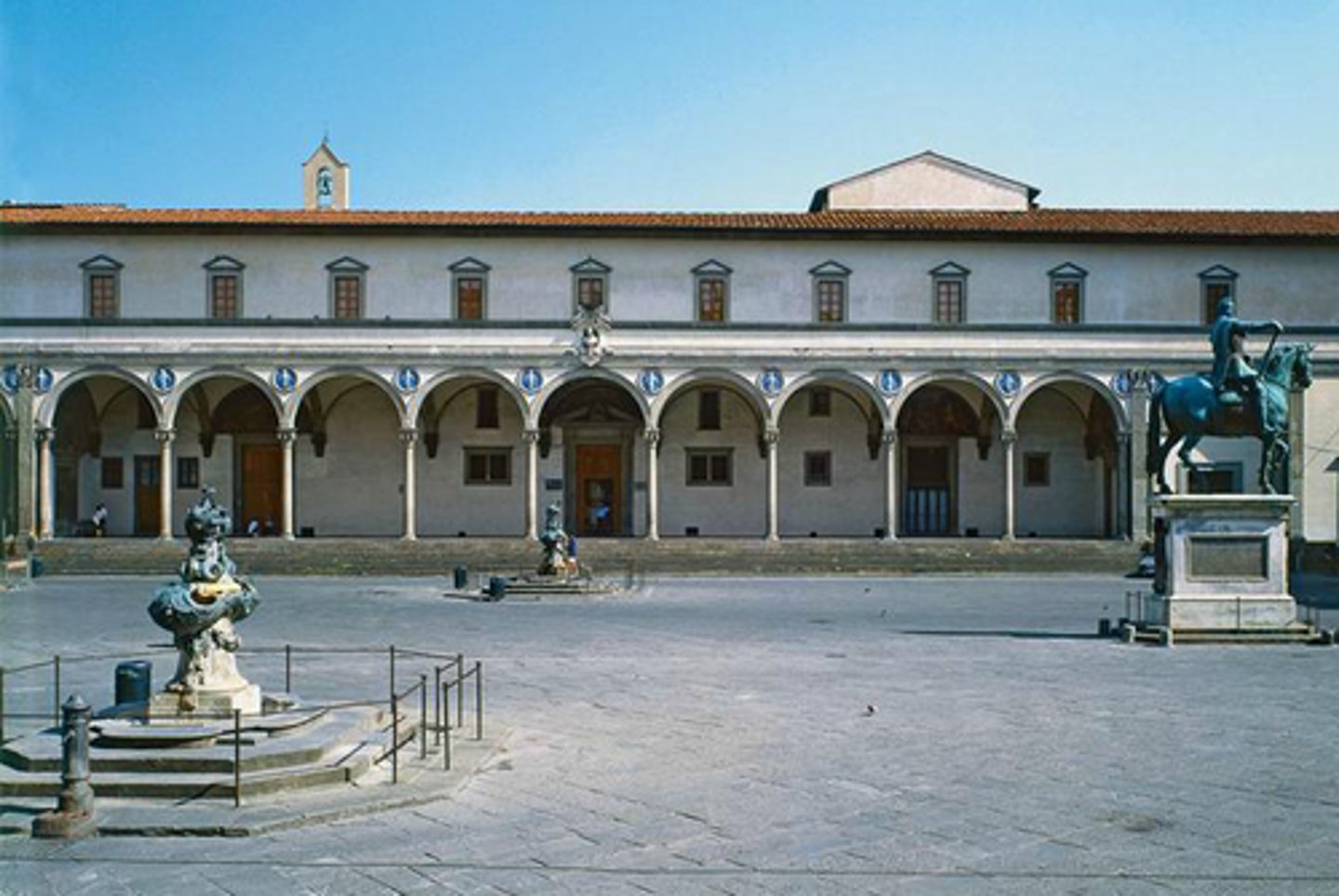
Church of San Lorenzo, Florence
Brunelleschi; Medici hired him;
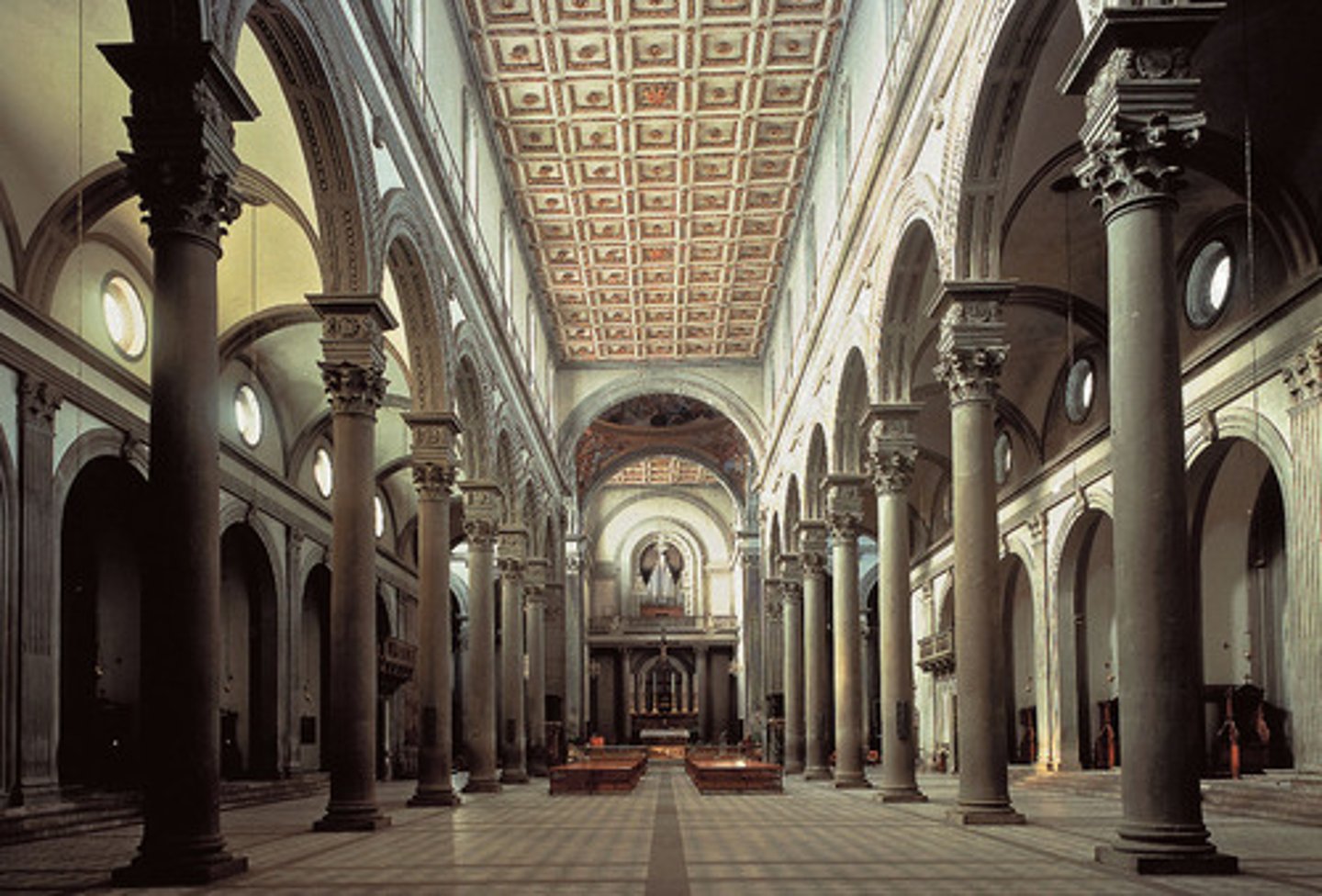
Church of S. Spirito
Filippo Brunelleschi; proportions and style fully realized volumes - CUBES; constructed perspective
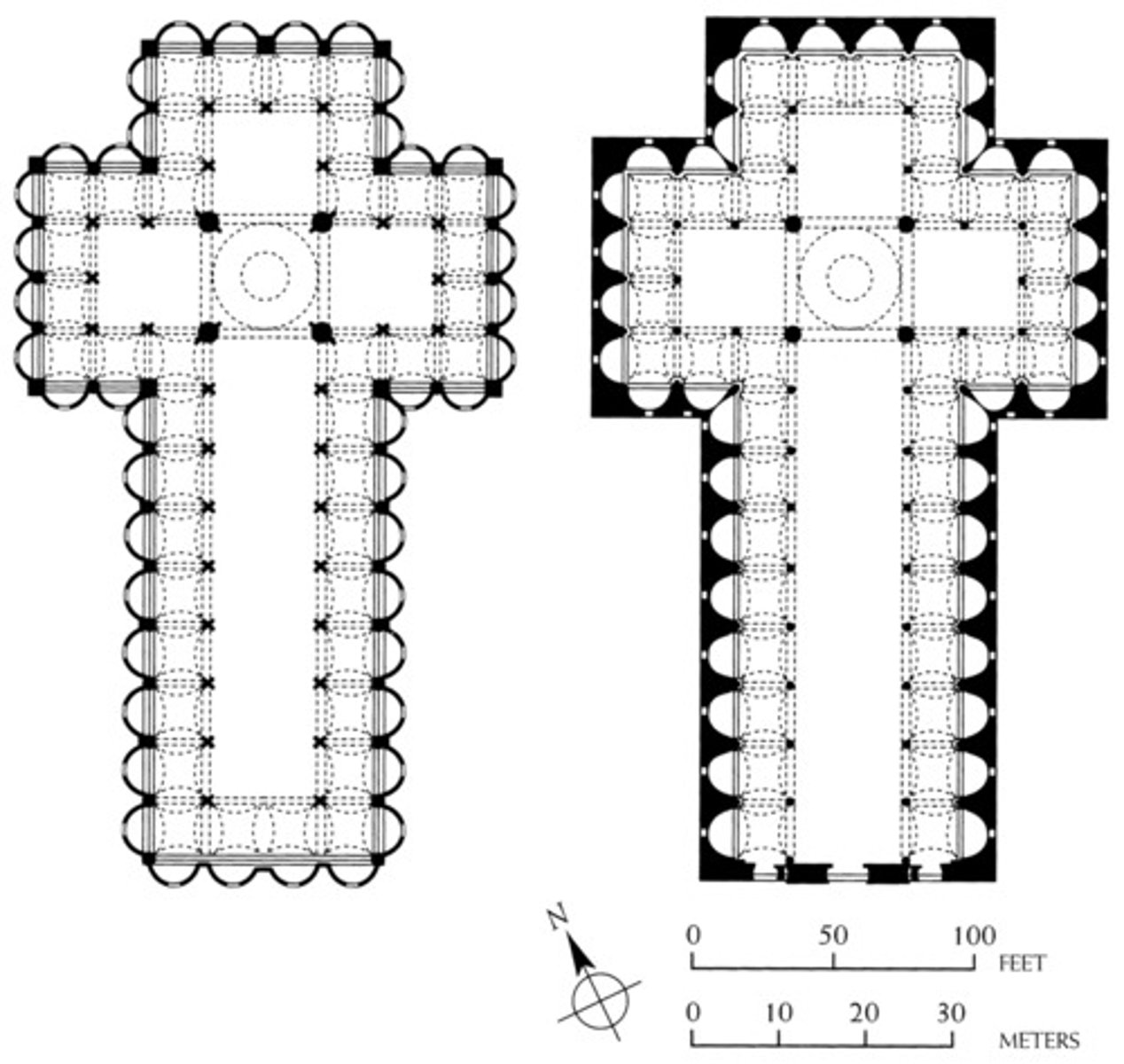
Pazzi Chapel
Brunelleschi
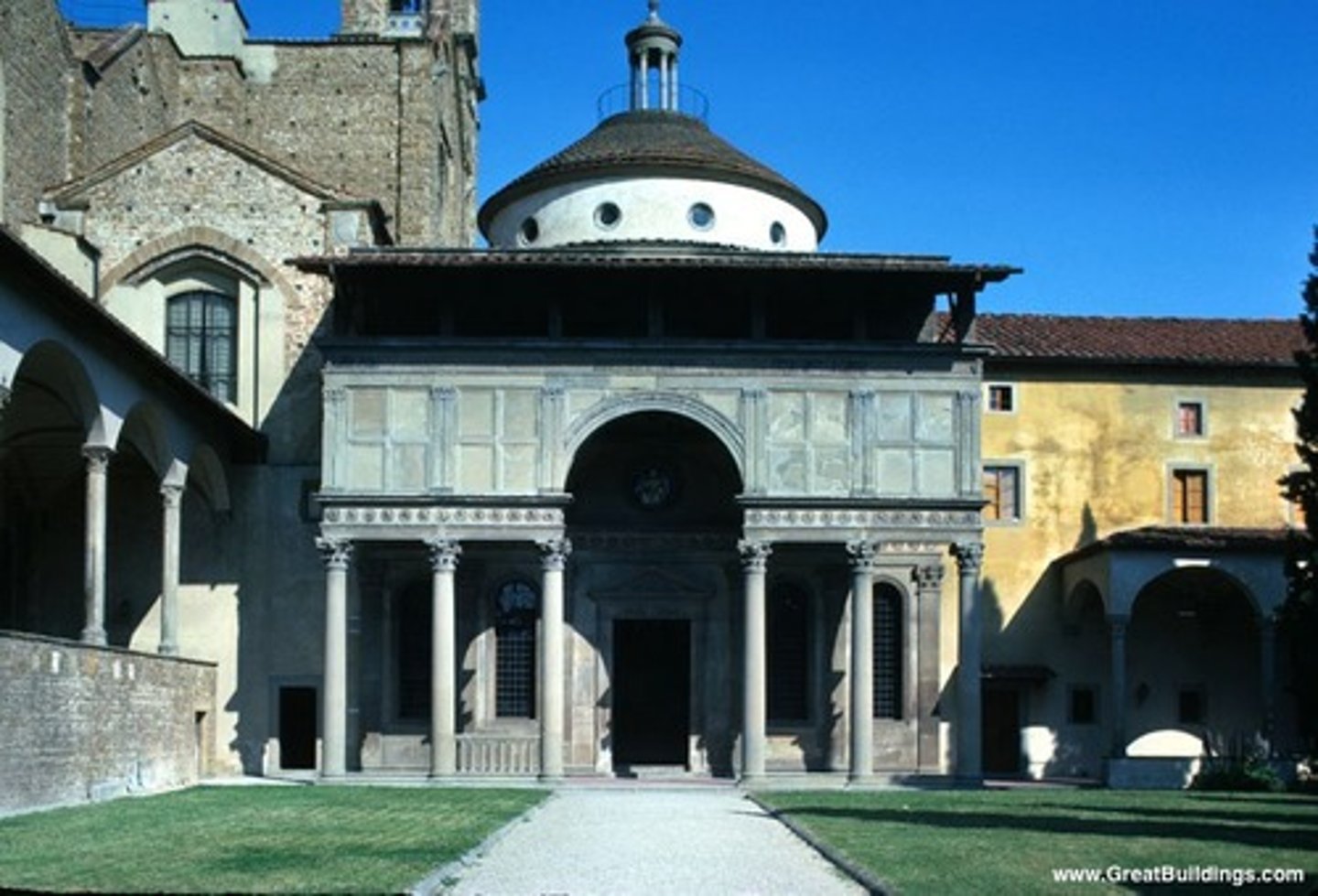
Vitruvius
wrote "bible" for Renaissance architects; Roman architect and theorist, "the ten books on architecture"; the only complete book on architectural design and theory to survive from the ancient world; had enormous influence on Renaissance architecture
two thoughts from vitruvius
firmness, commodity, and delight, vitruivian figure

AEG Turbine Factory
Berlin; Peter Behrens; 1909
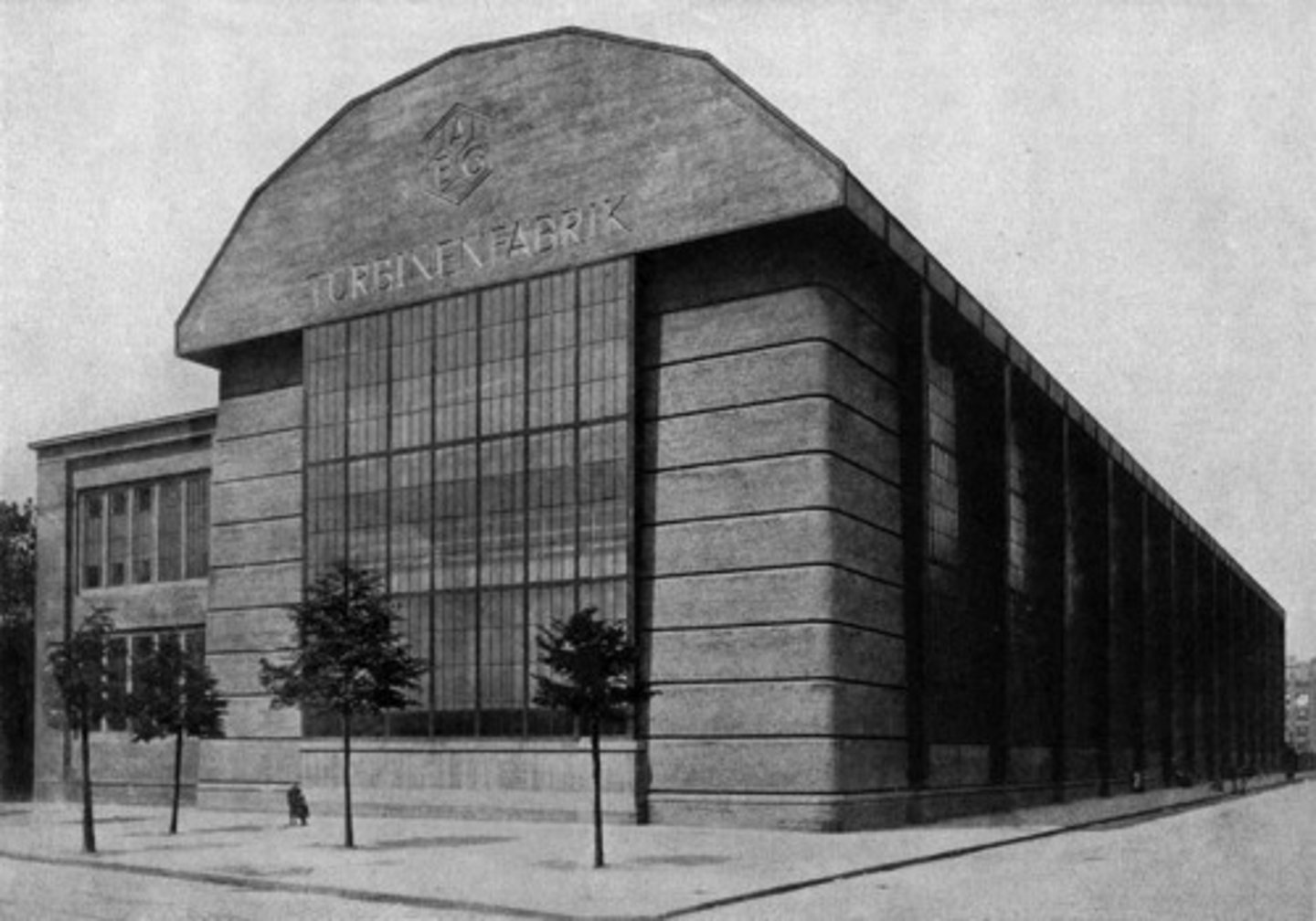
Fagus Factory
Walter Gropius; Germany 1911; International Style
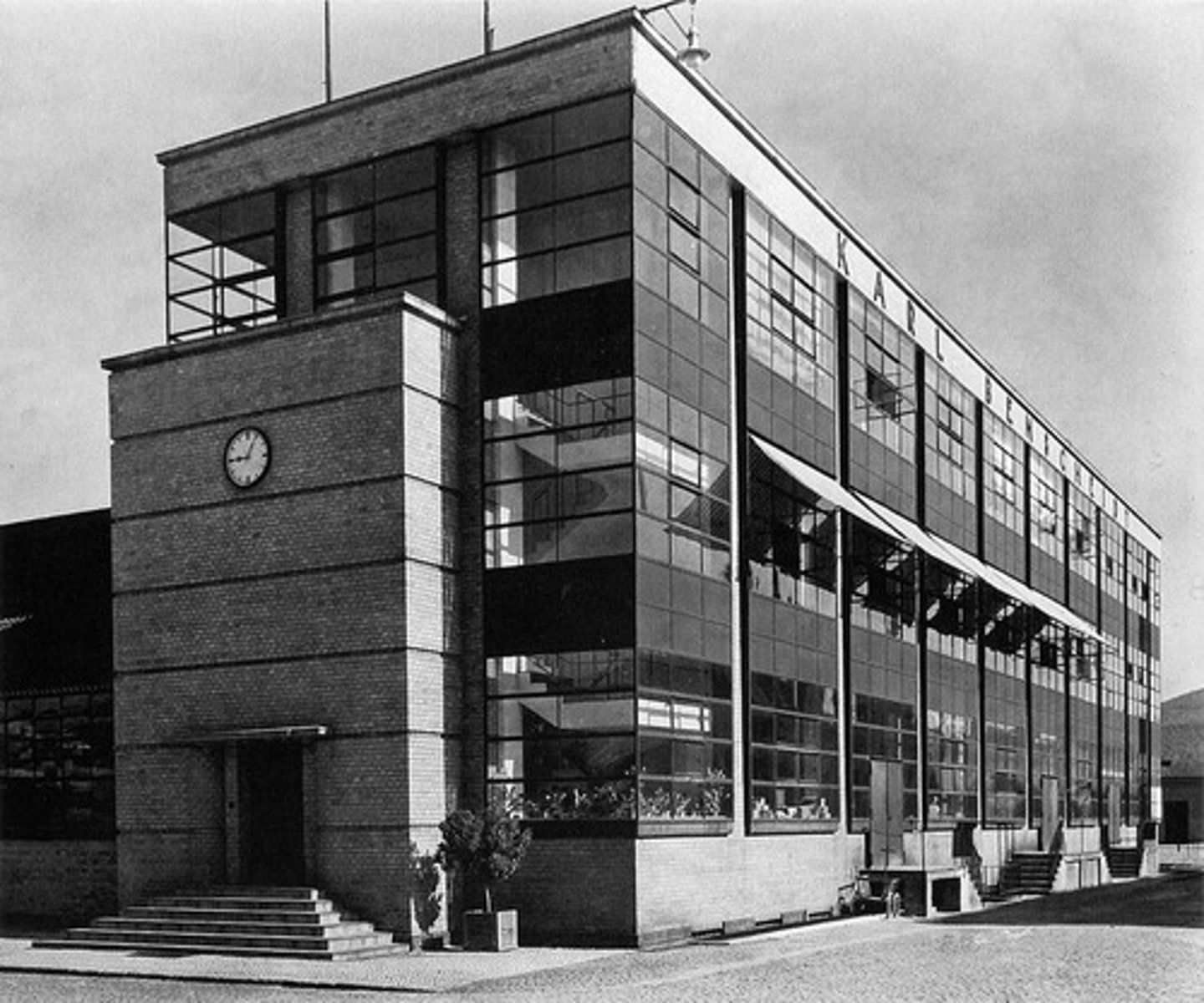
international style
designing buildings for the world; theoretically -- an abstract style that could fit anywhere
Barcelona Pavilion
Mies van der Rohe
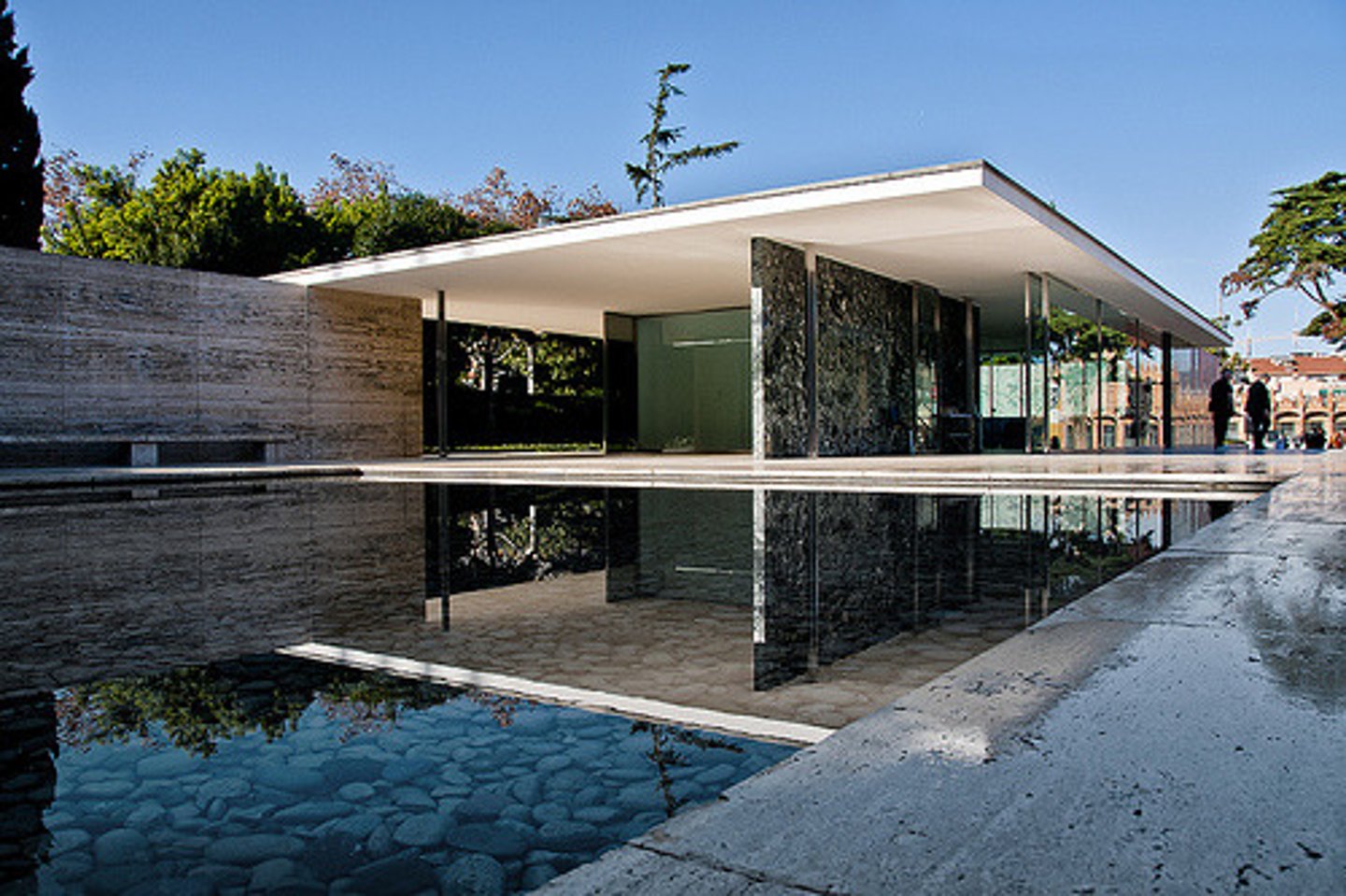
Bauhaus
school in Germany (founded in 1919 by Walter Gropius); huge influence on modern architecture; concept-- art, design, and construction are united (like Gothic arch); promoted "form follows function"; political purpose (housing for masses); about the collective
Seagram Building
Ludwig Mies van der Rohe; God is in the details

Chrysler Building
William Van Alen
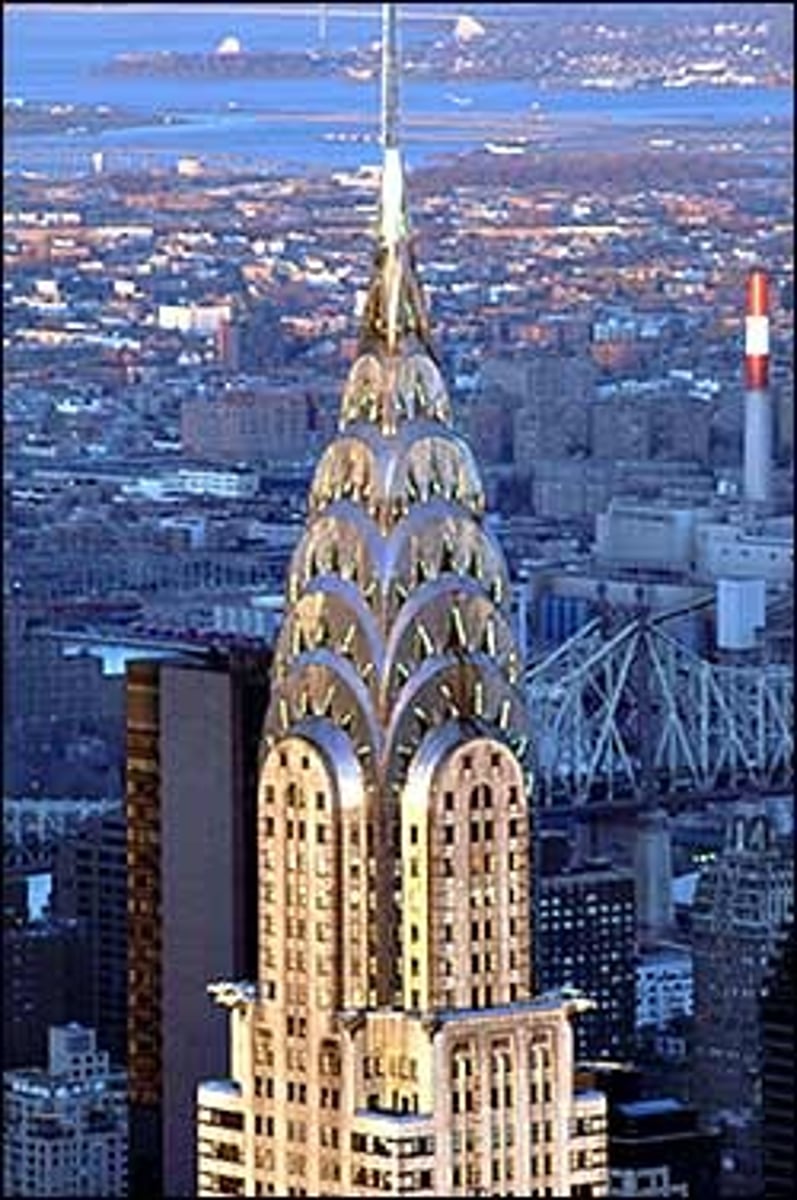
Falling Water House
Frank Lloyd Wright
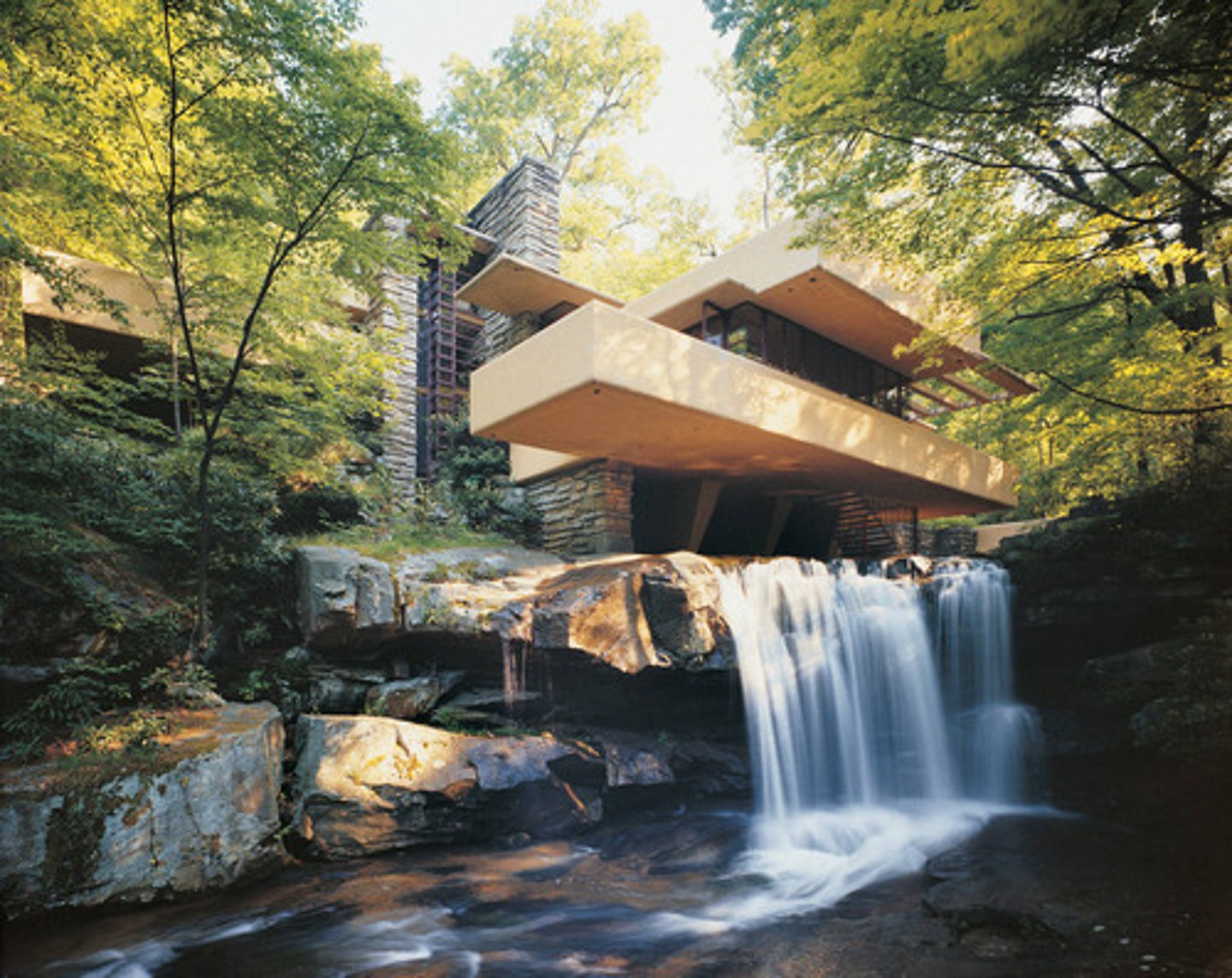
Guggenheim Museum
Frank Lloyd Wright
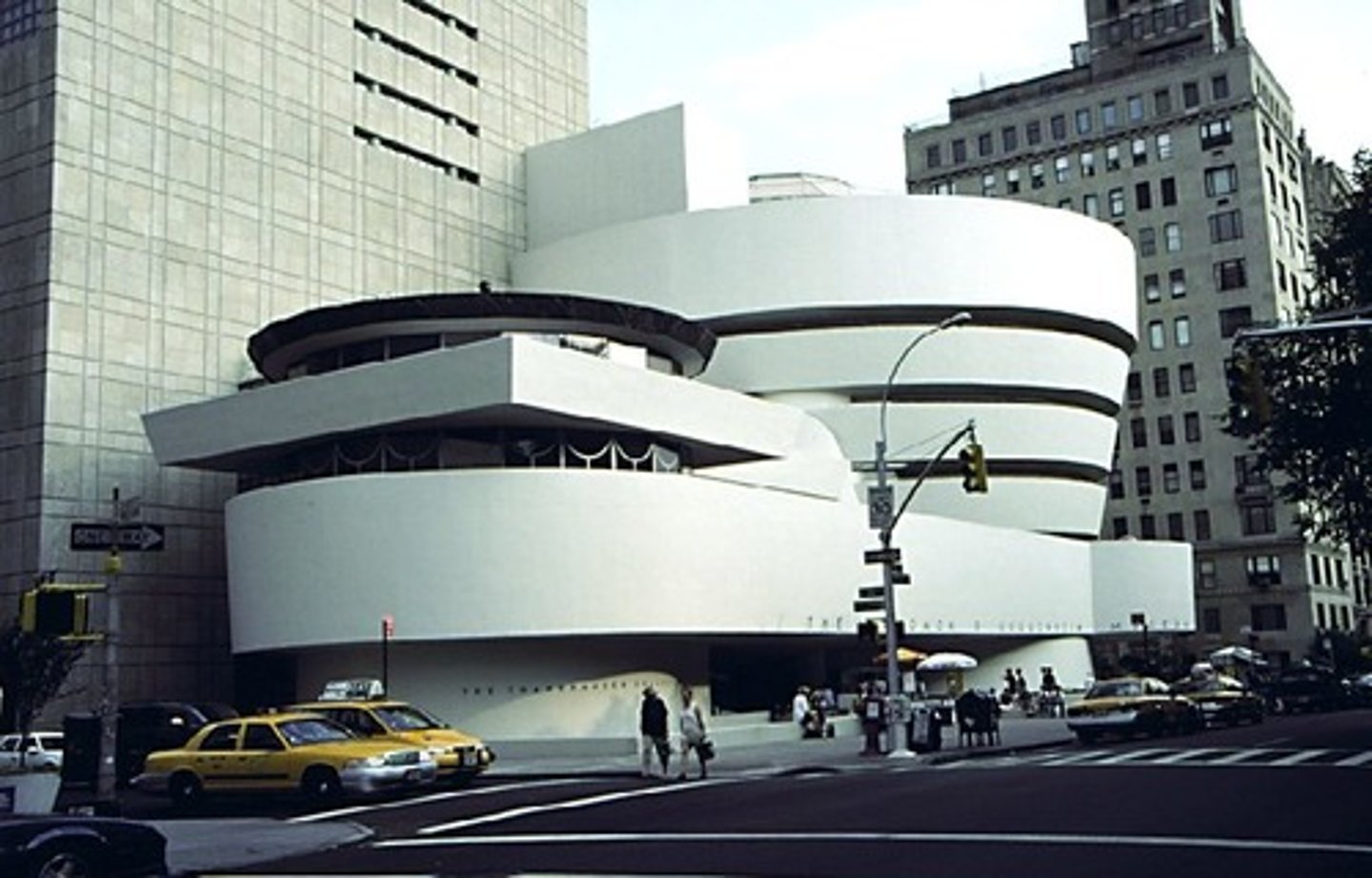
TWA Terminal
Eero Saarinen; NYC
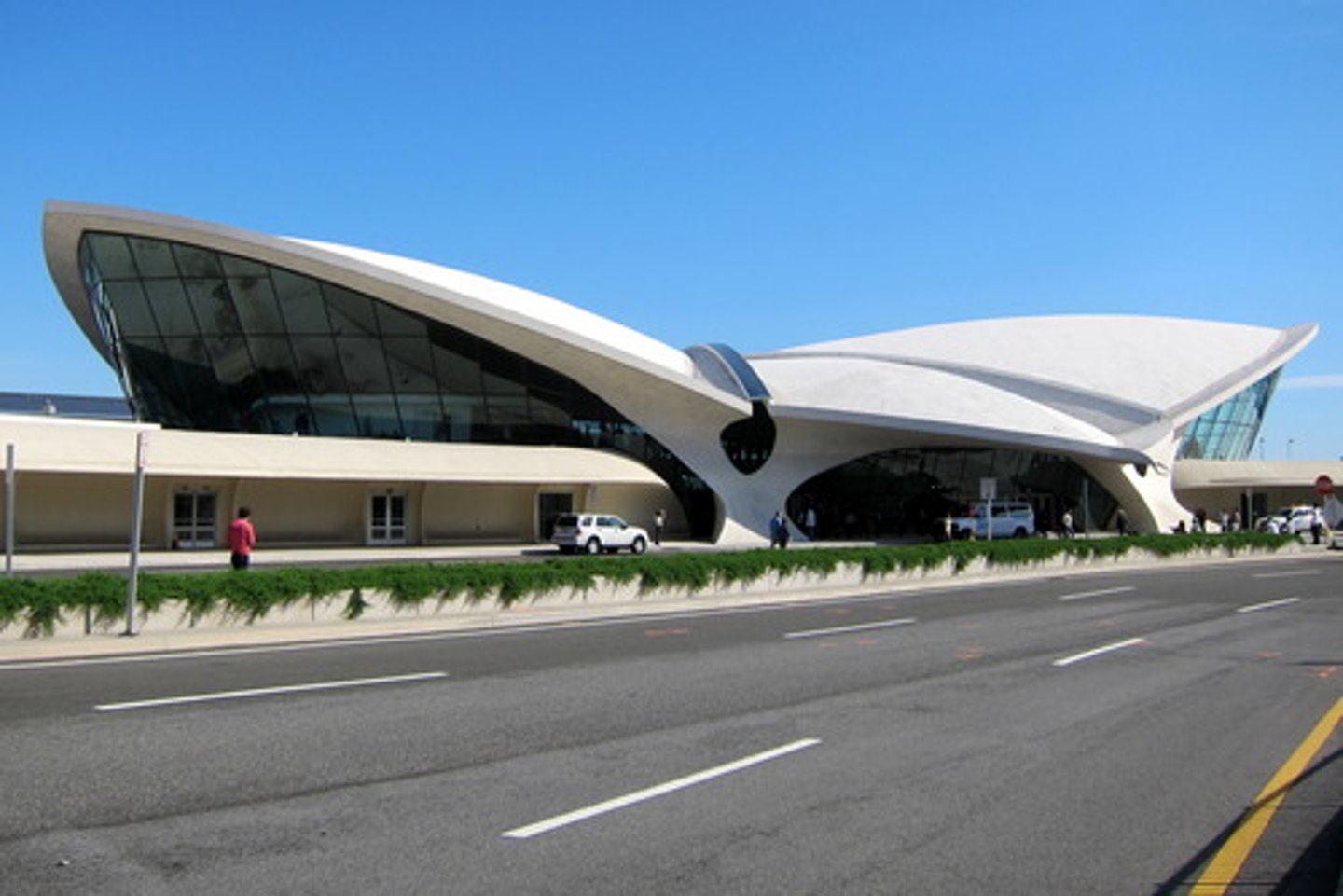
Dulles Airport
Eero Saarinen; D.C.
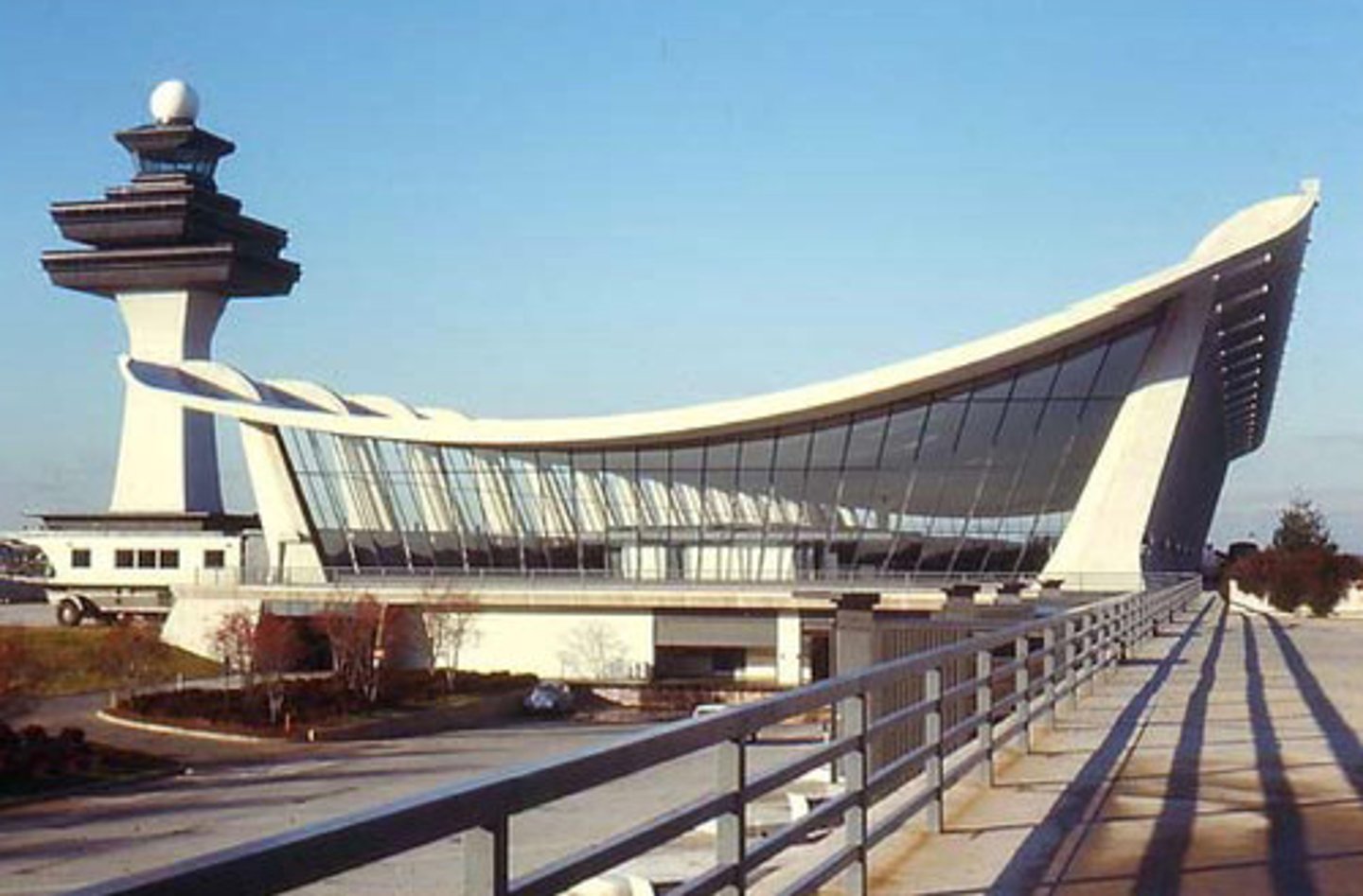
St. Louis Gateway Arch
Eero Saarinen
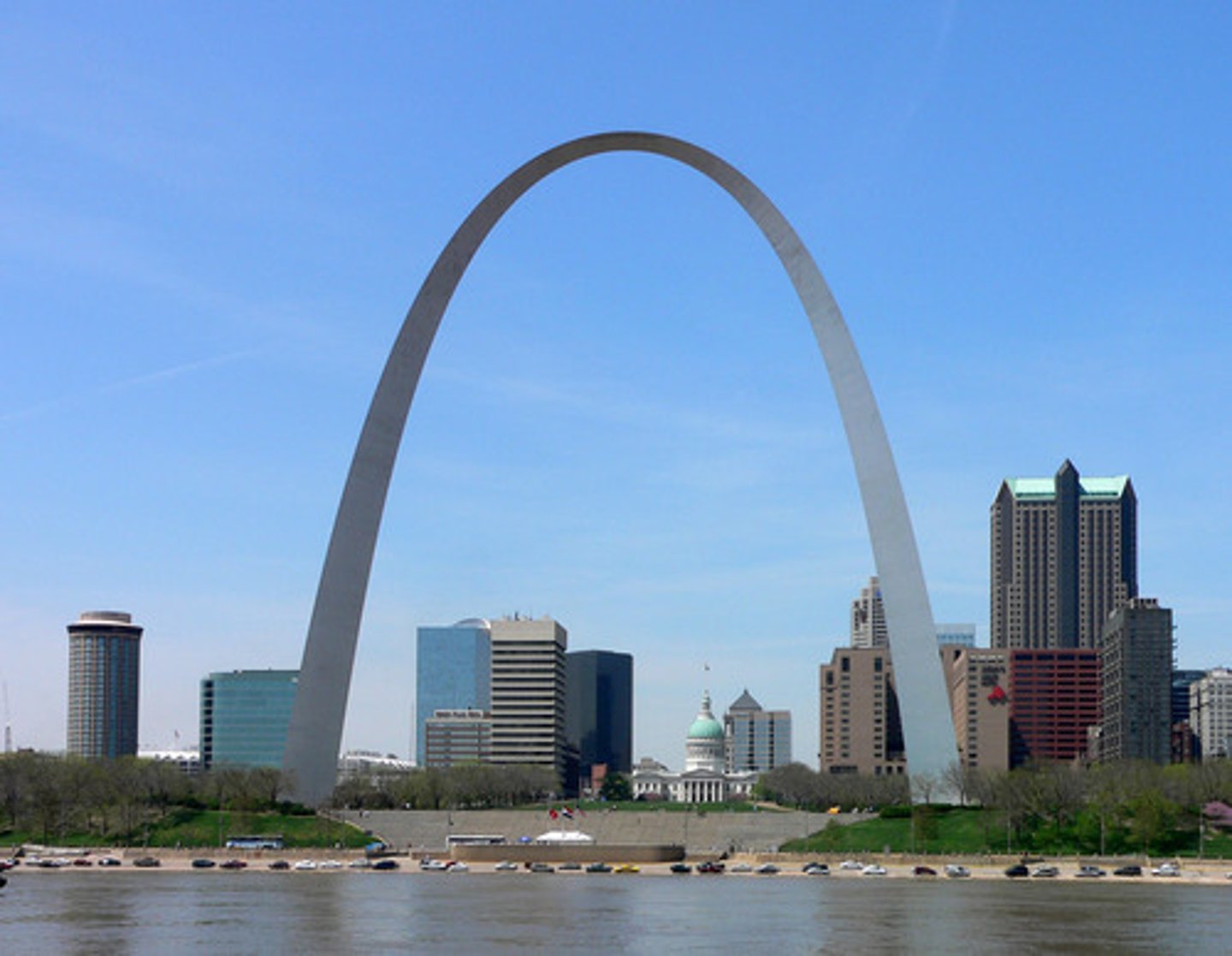
Pompidou Center
Renzo Piano and Richard Rogers

Phillips Exeter Academy Library
1965-72; Louis Kahn
